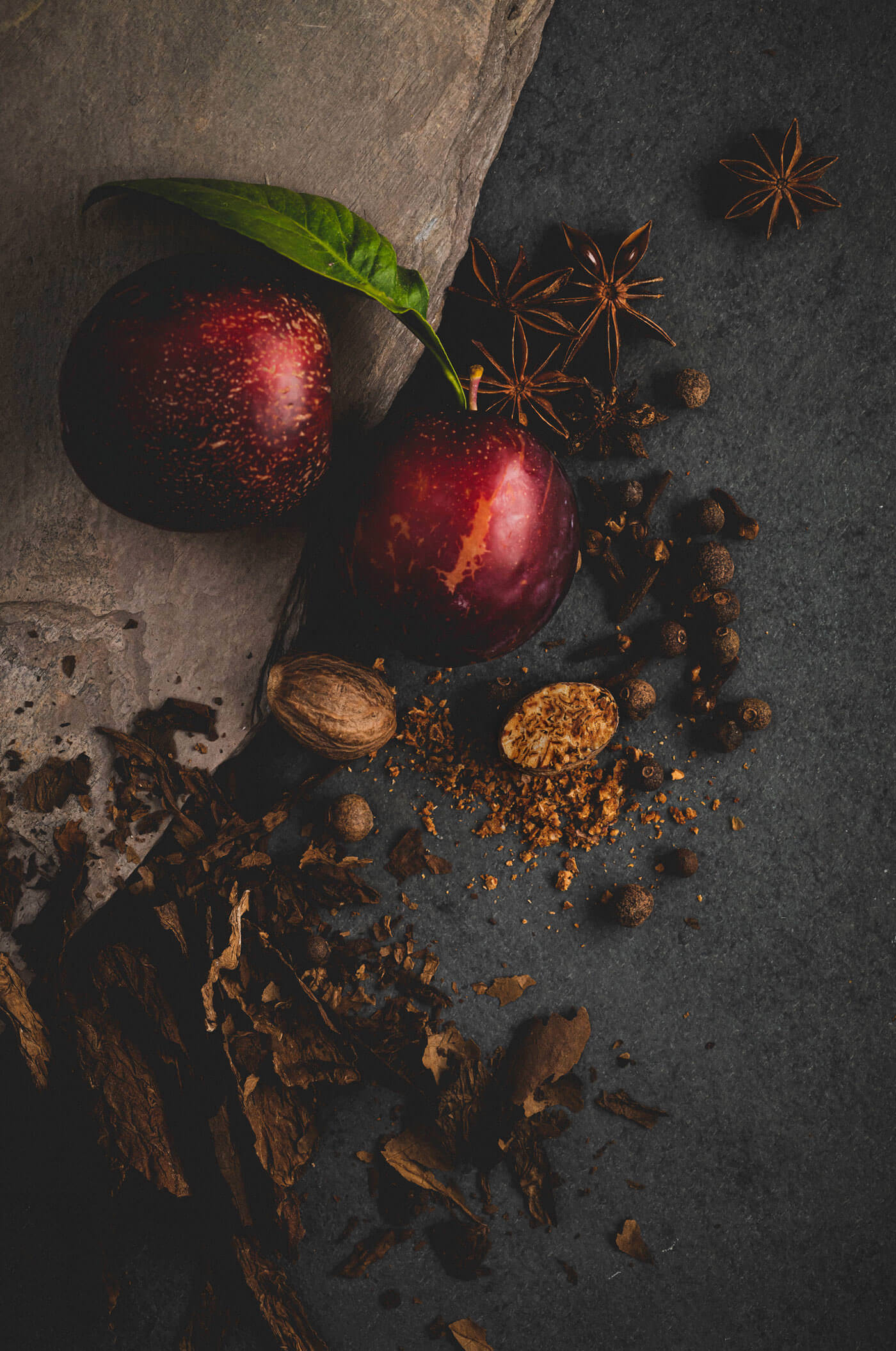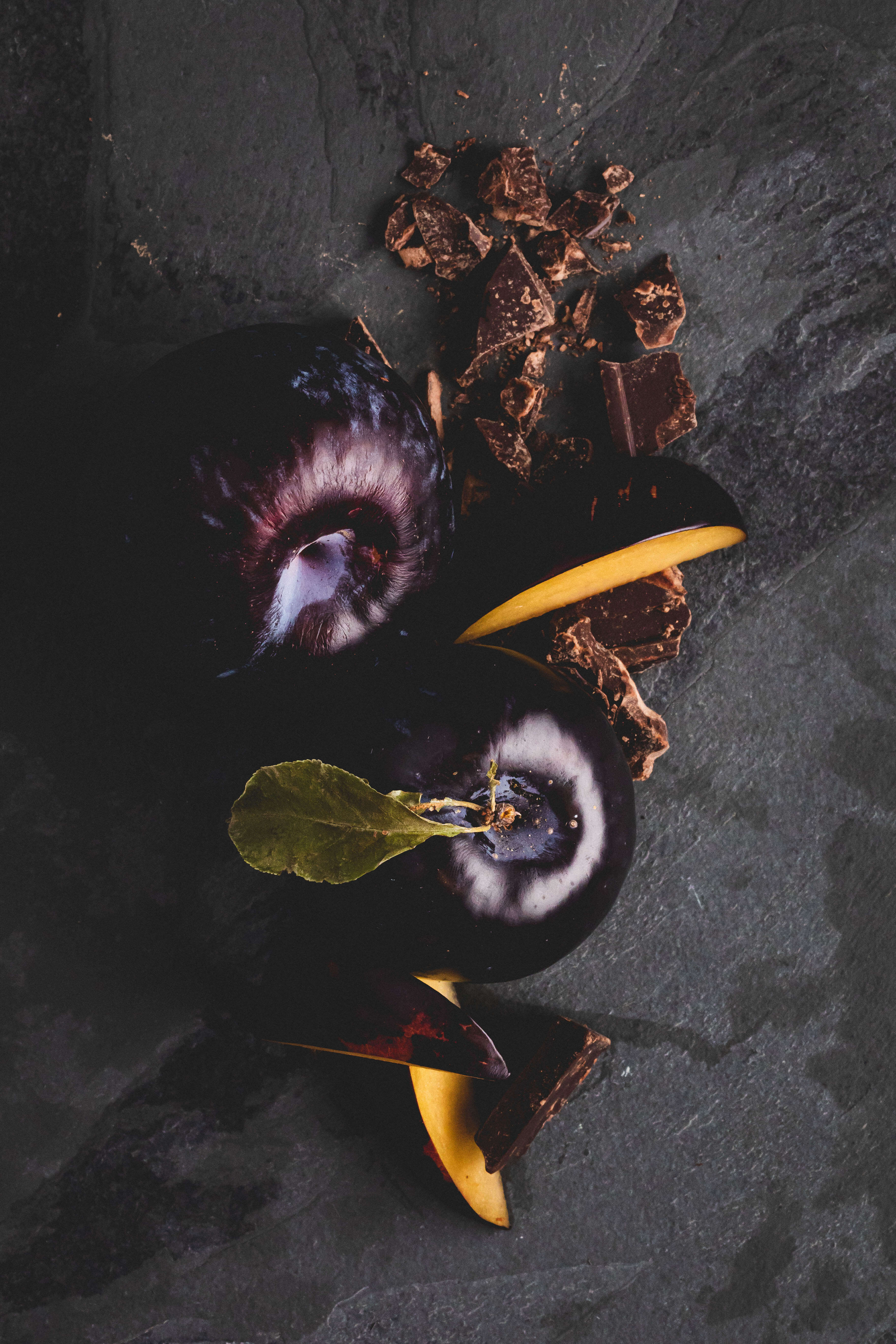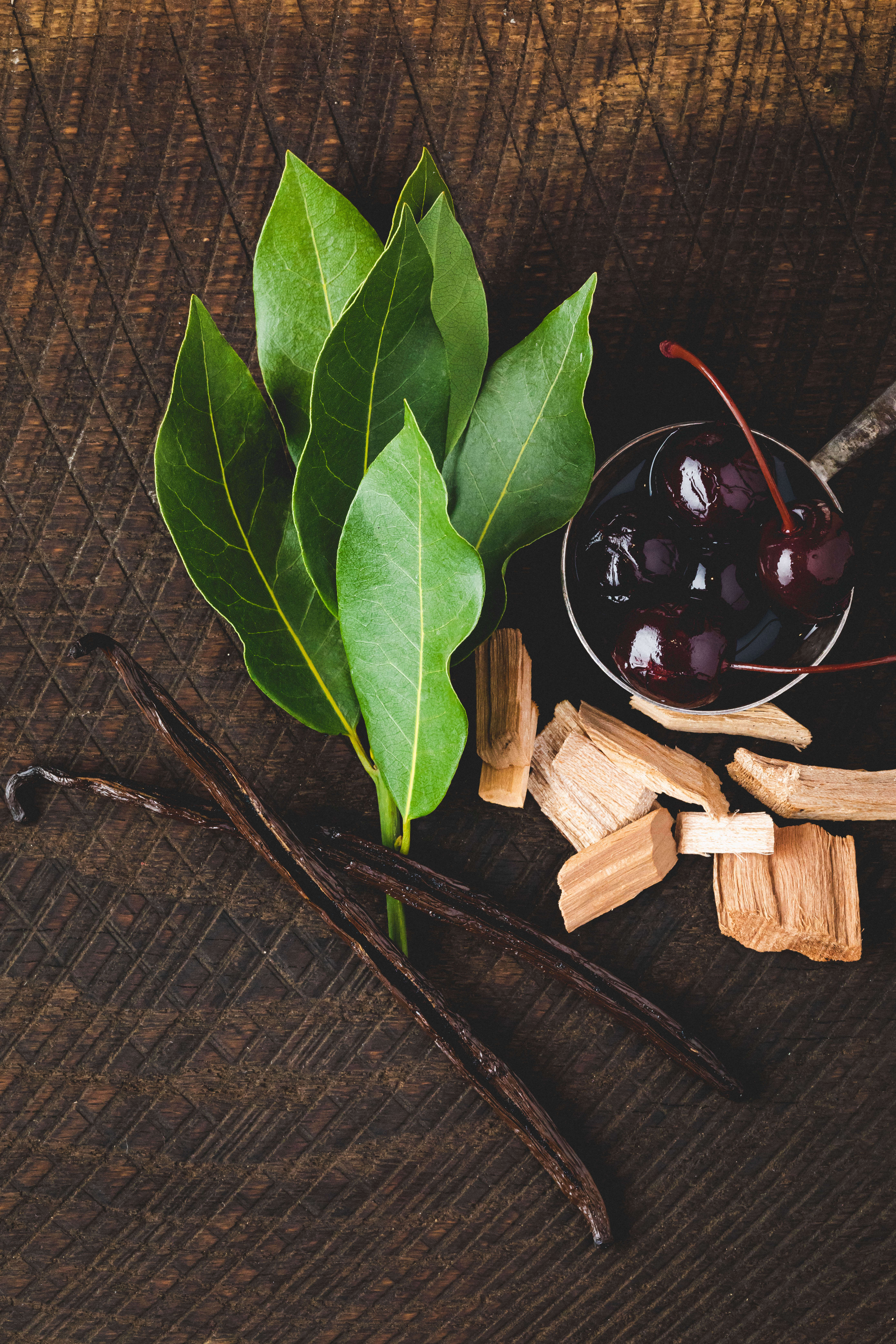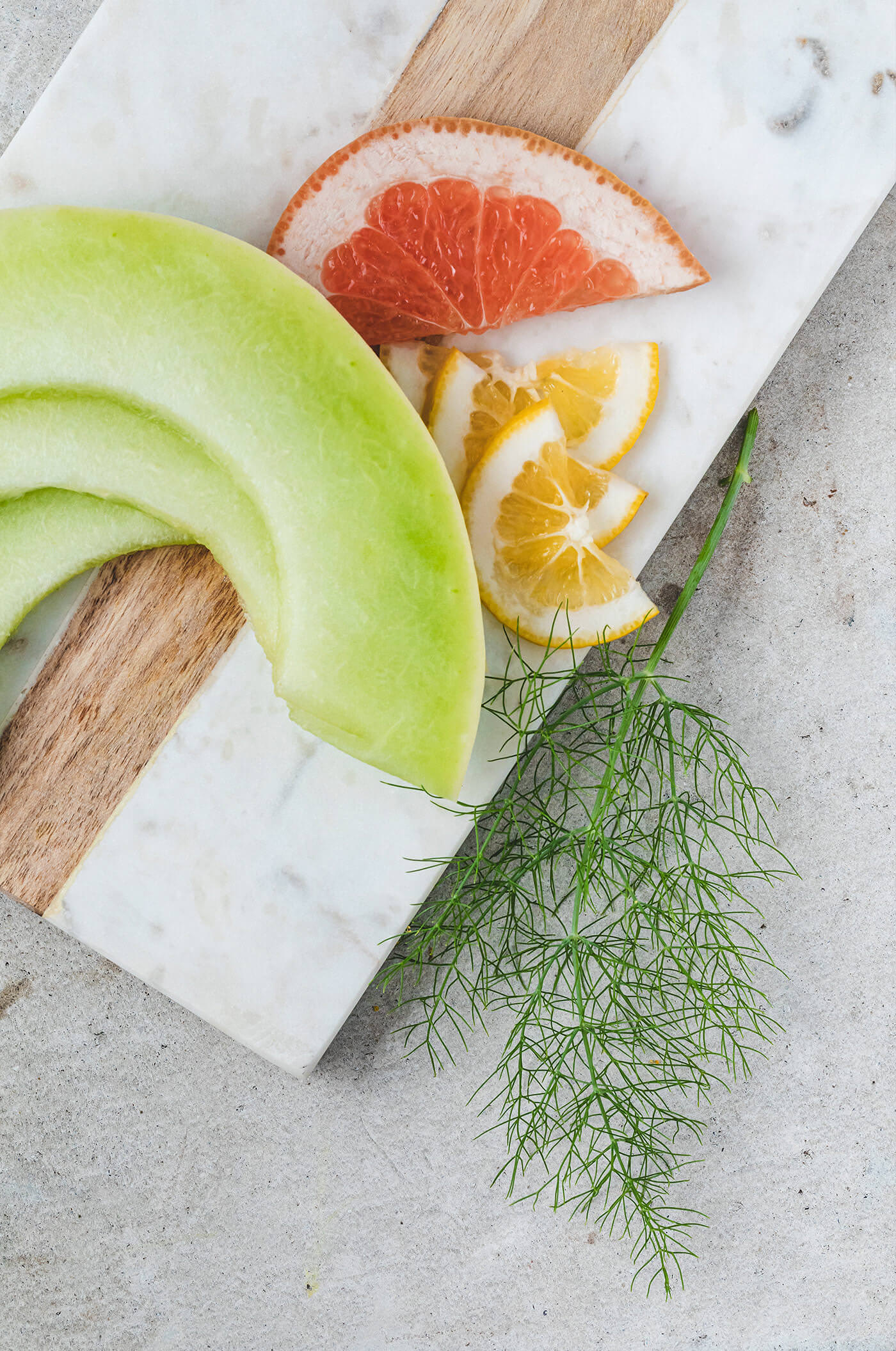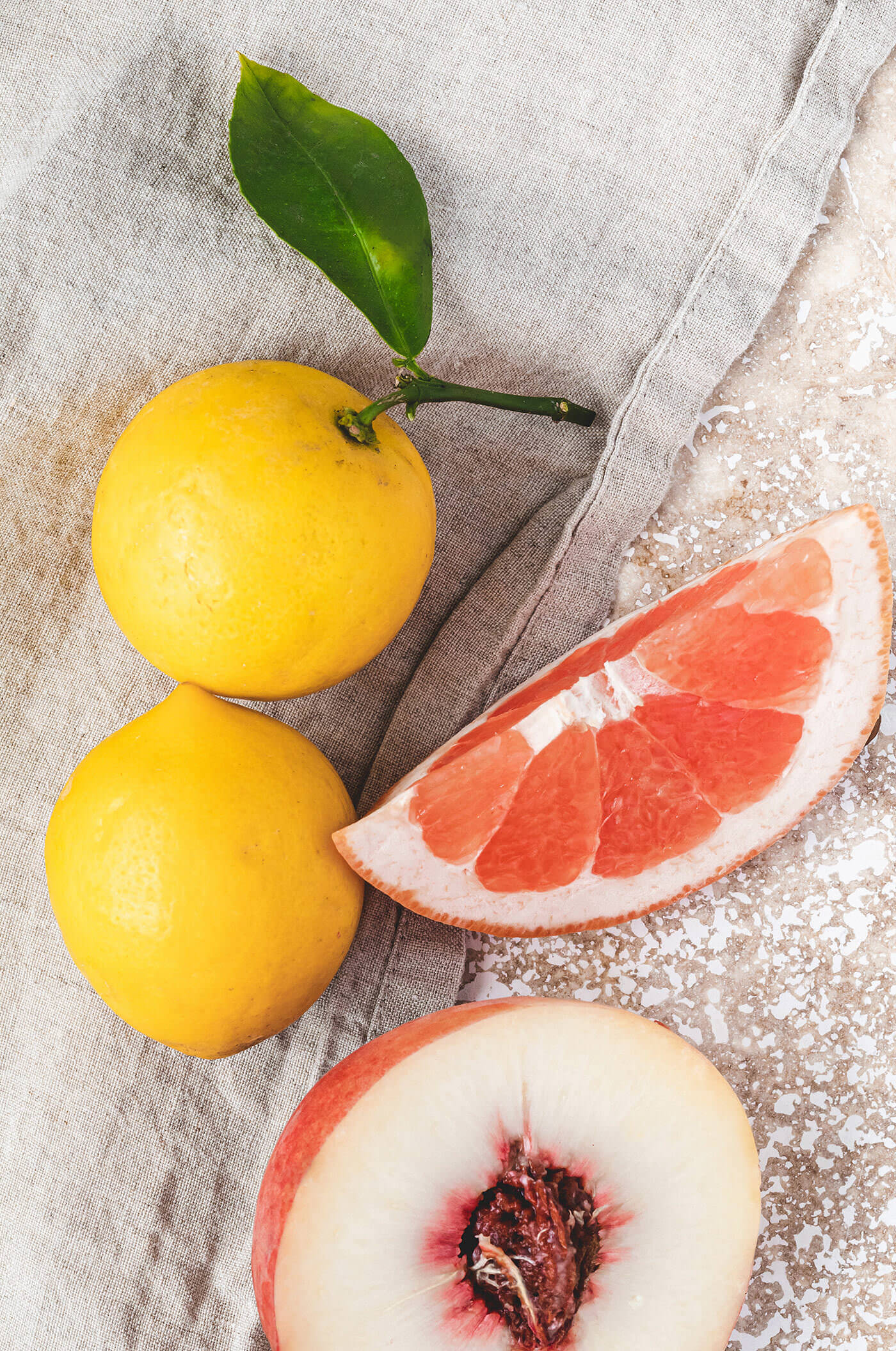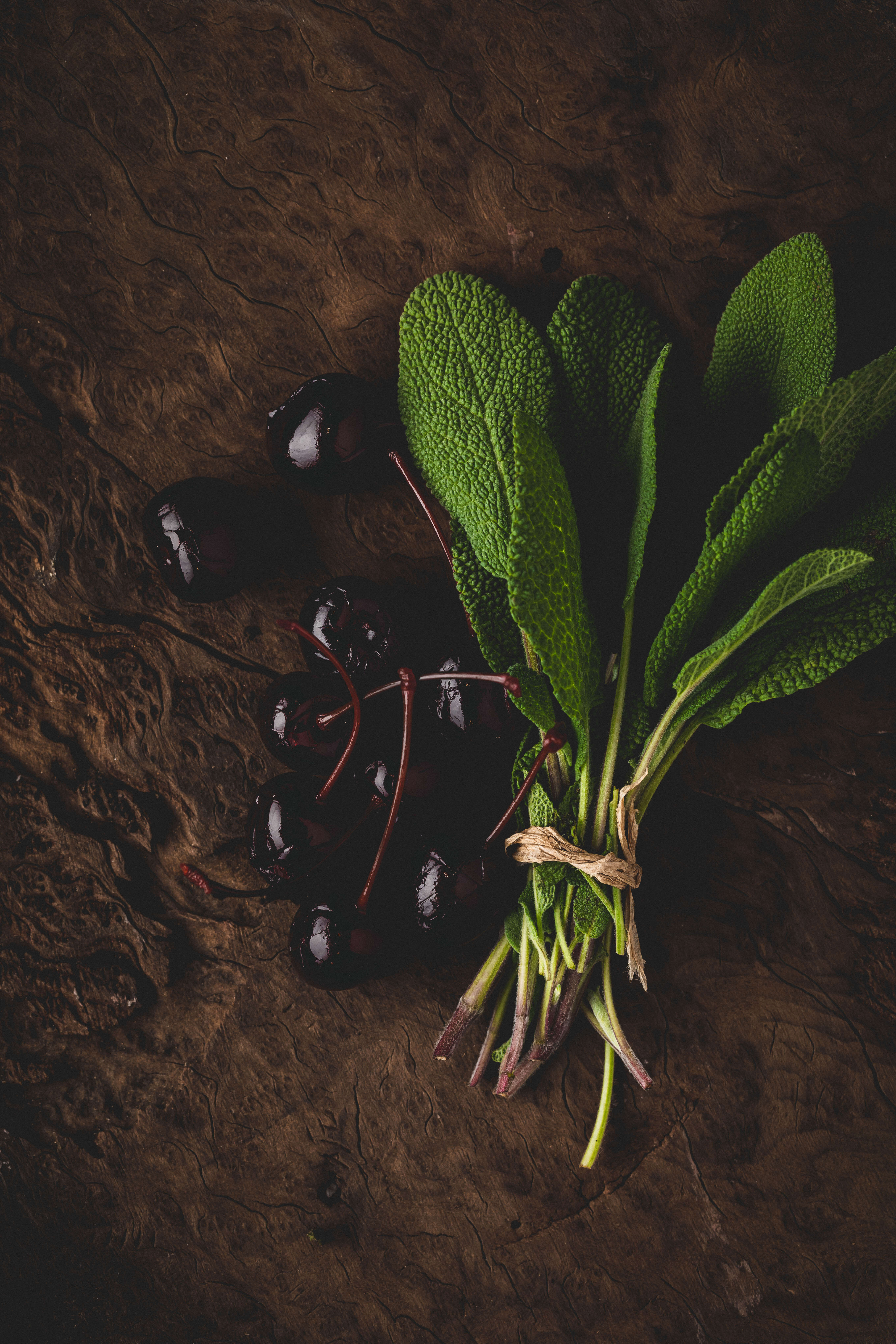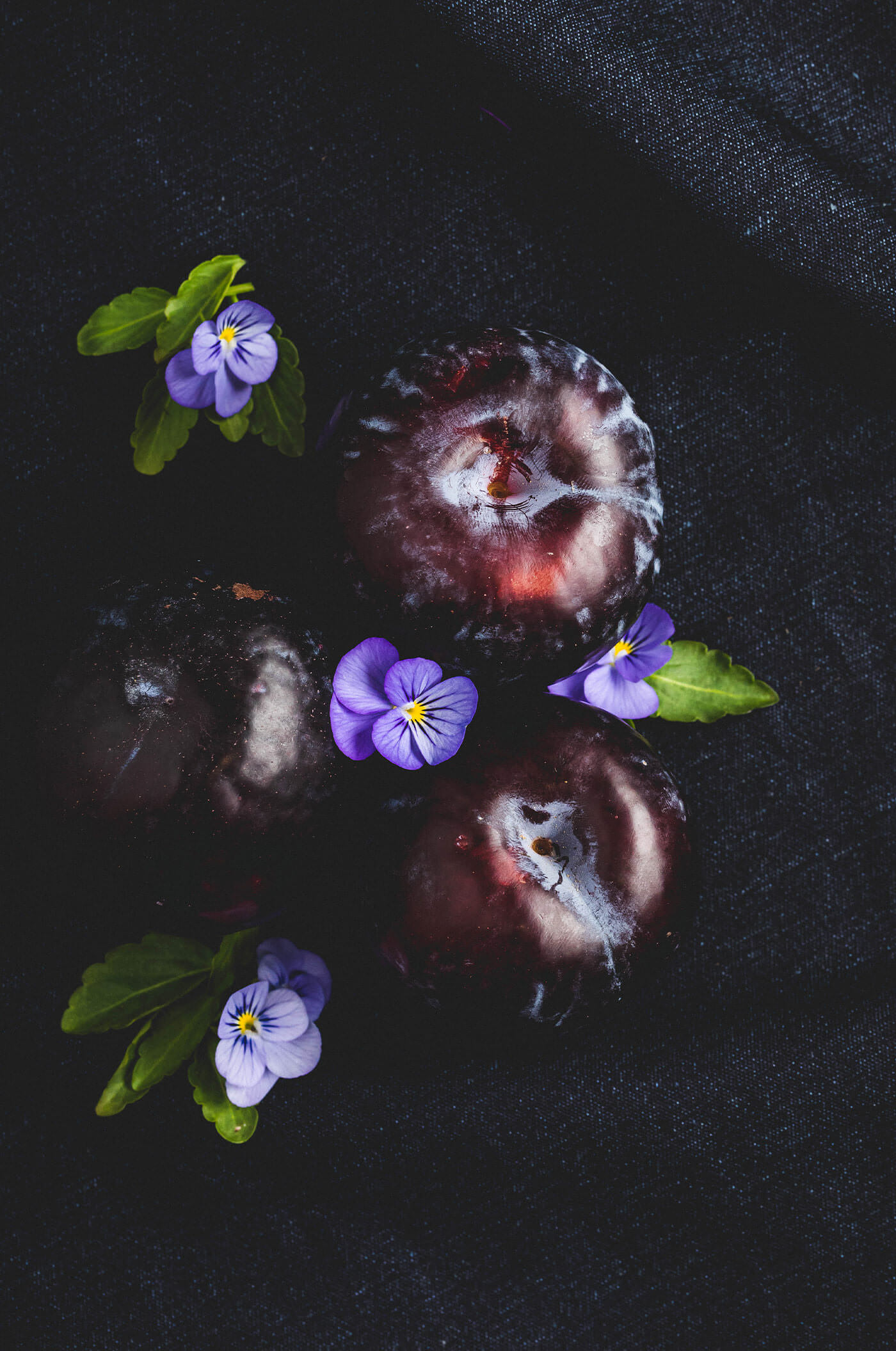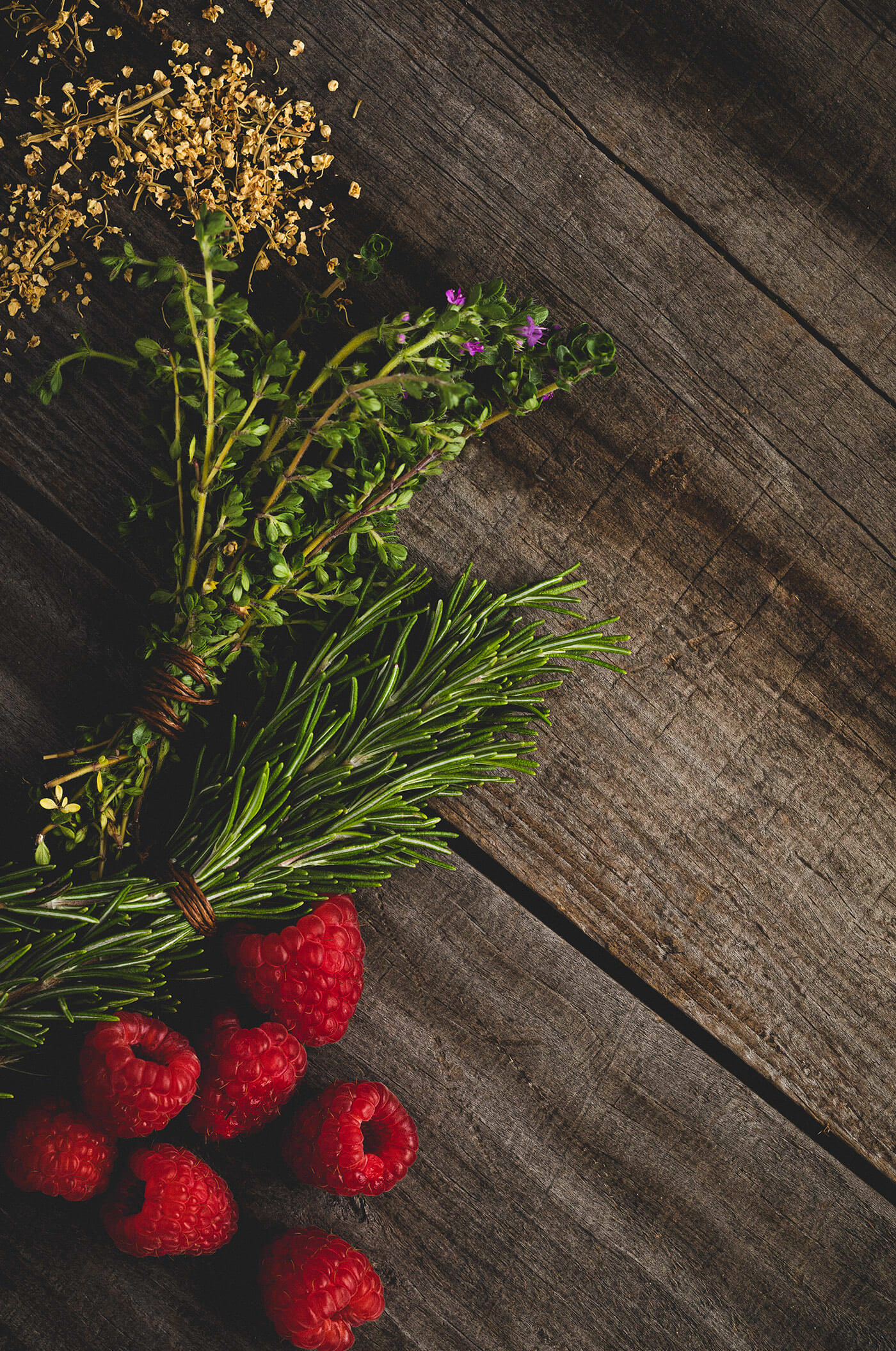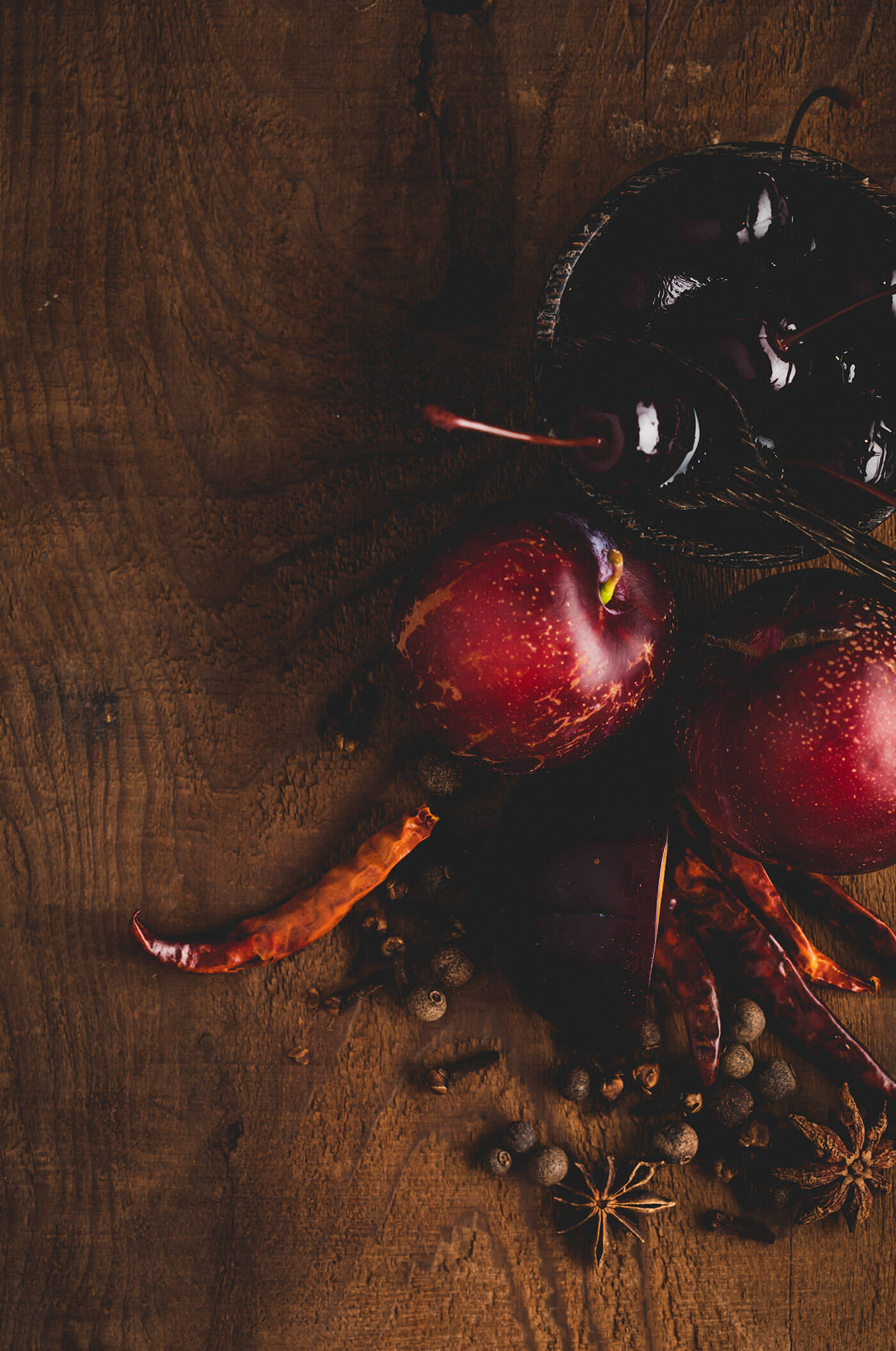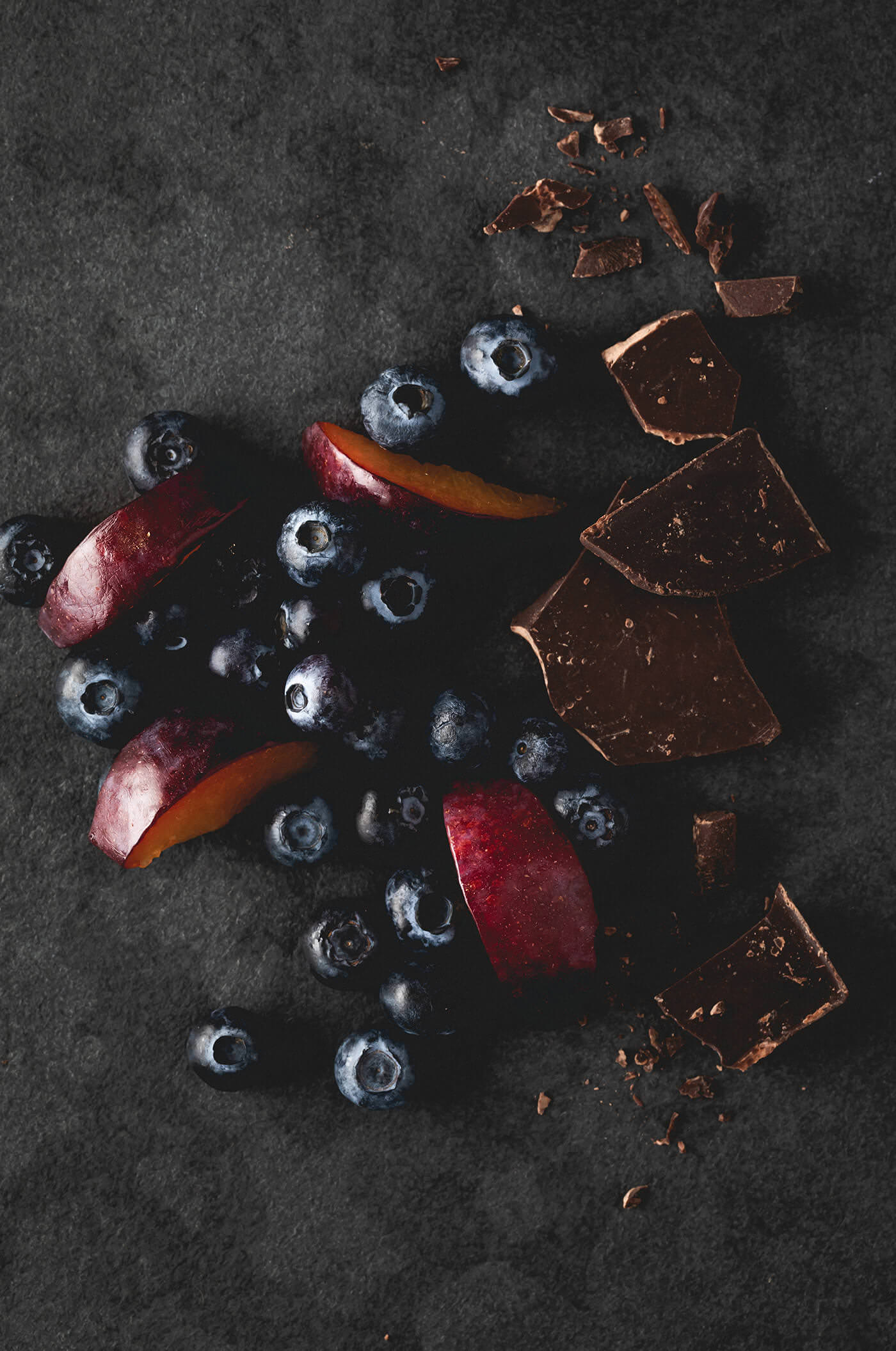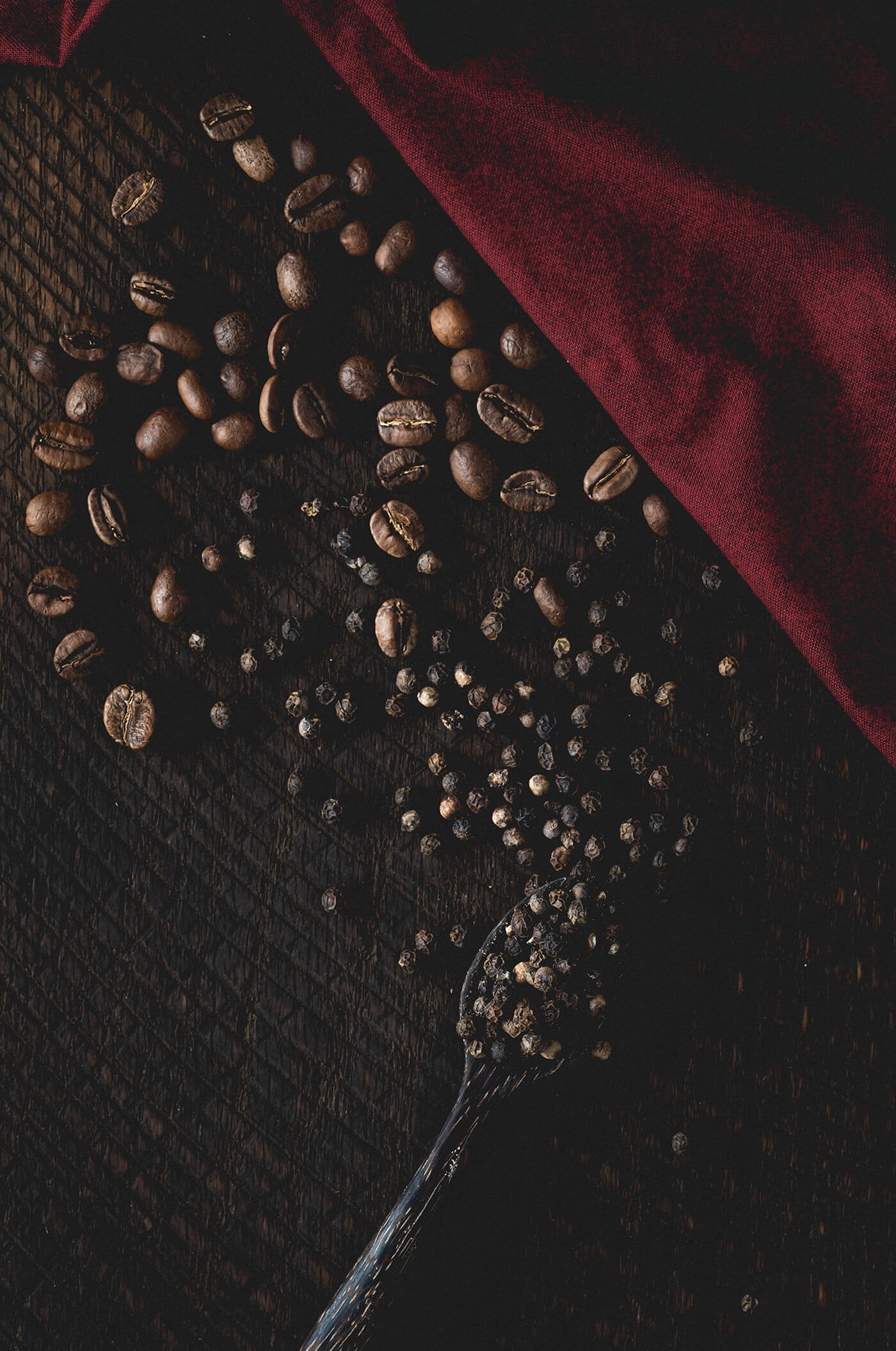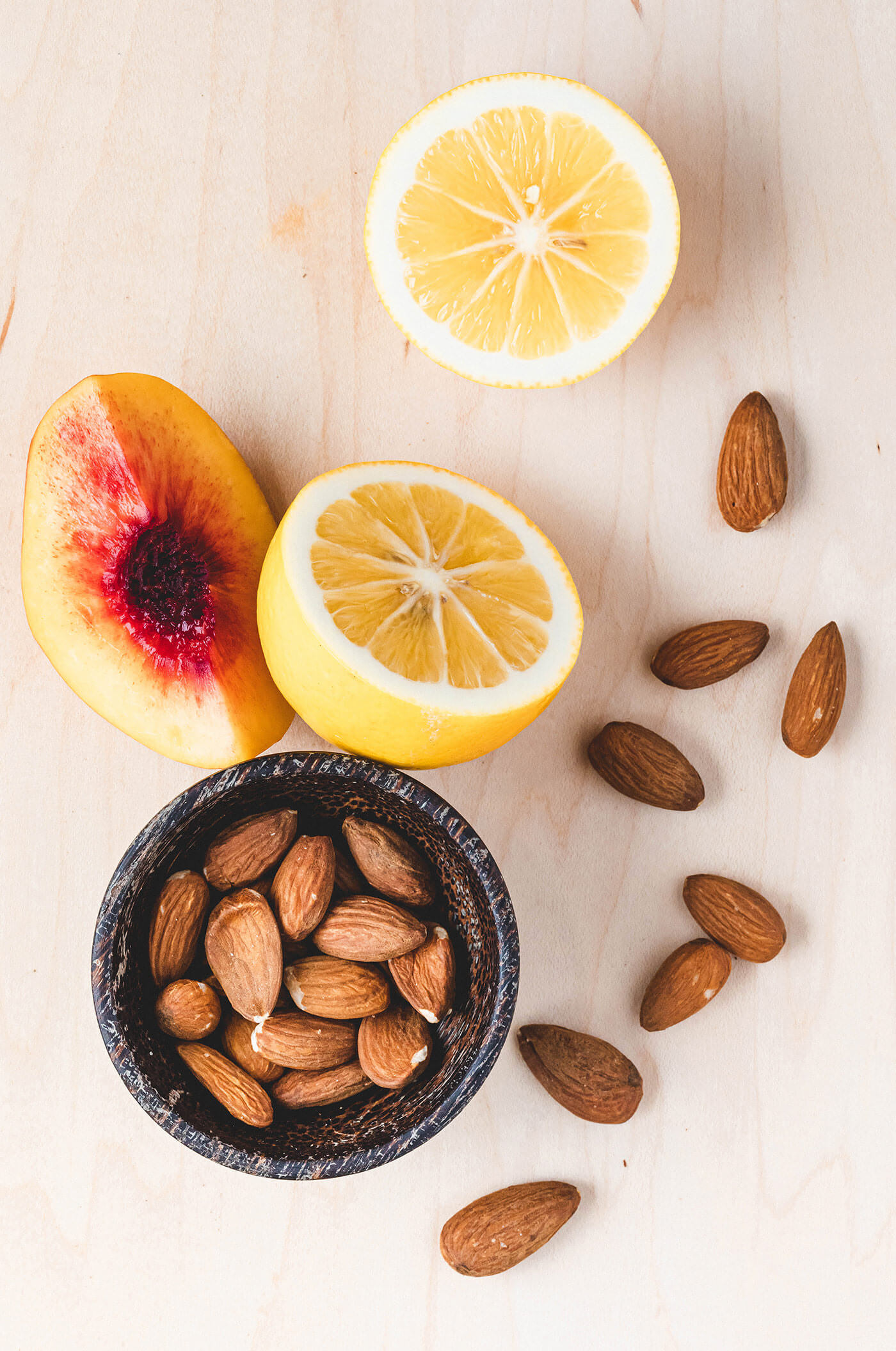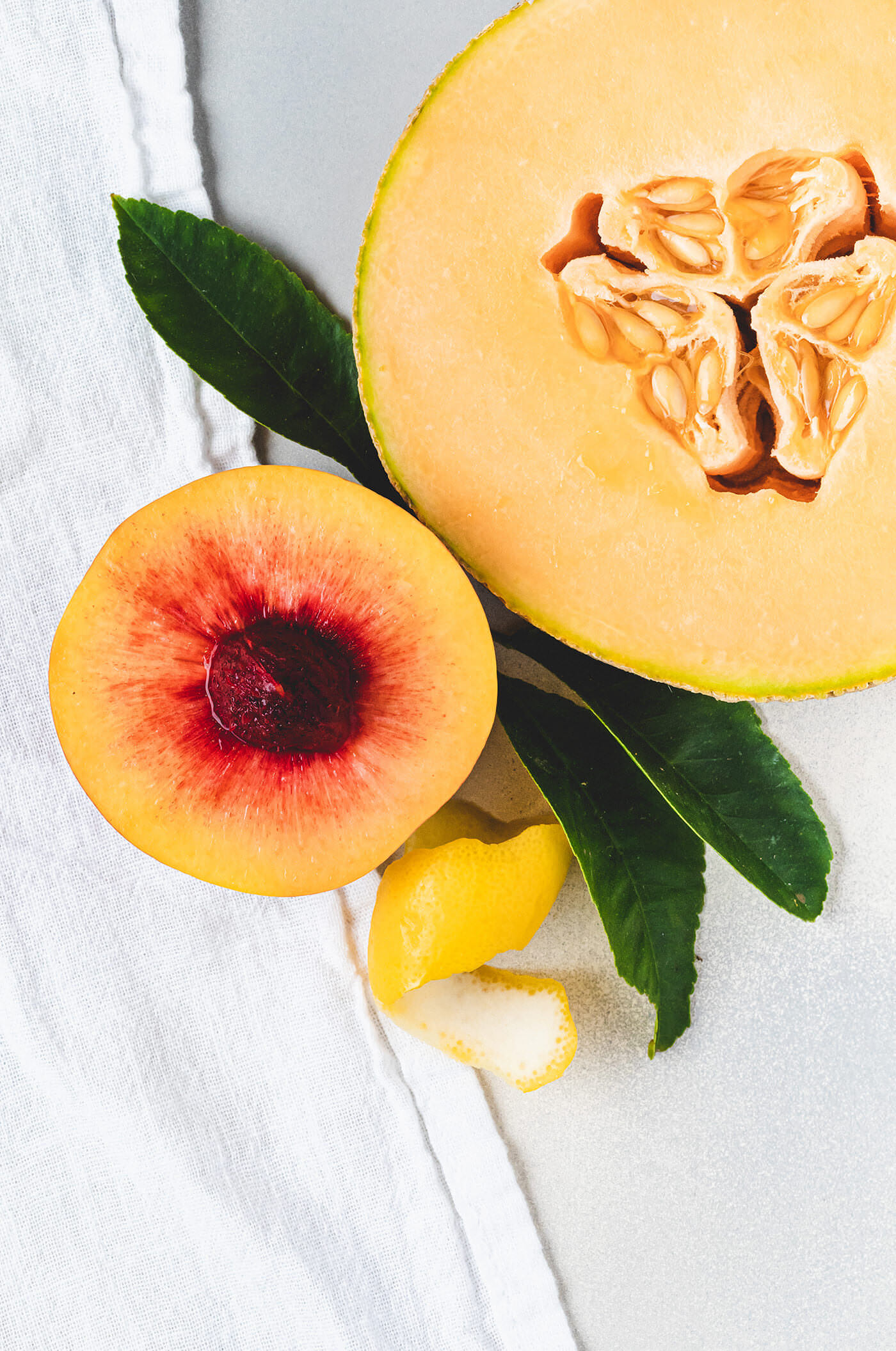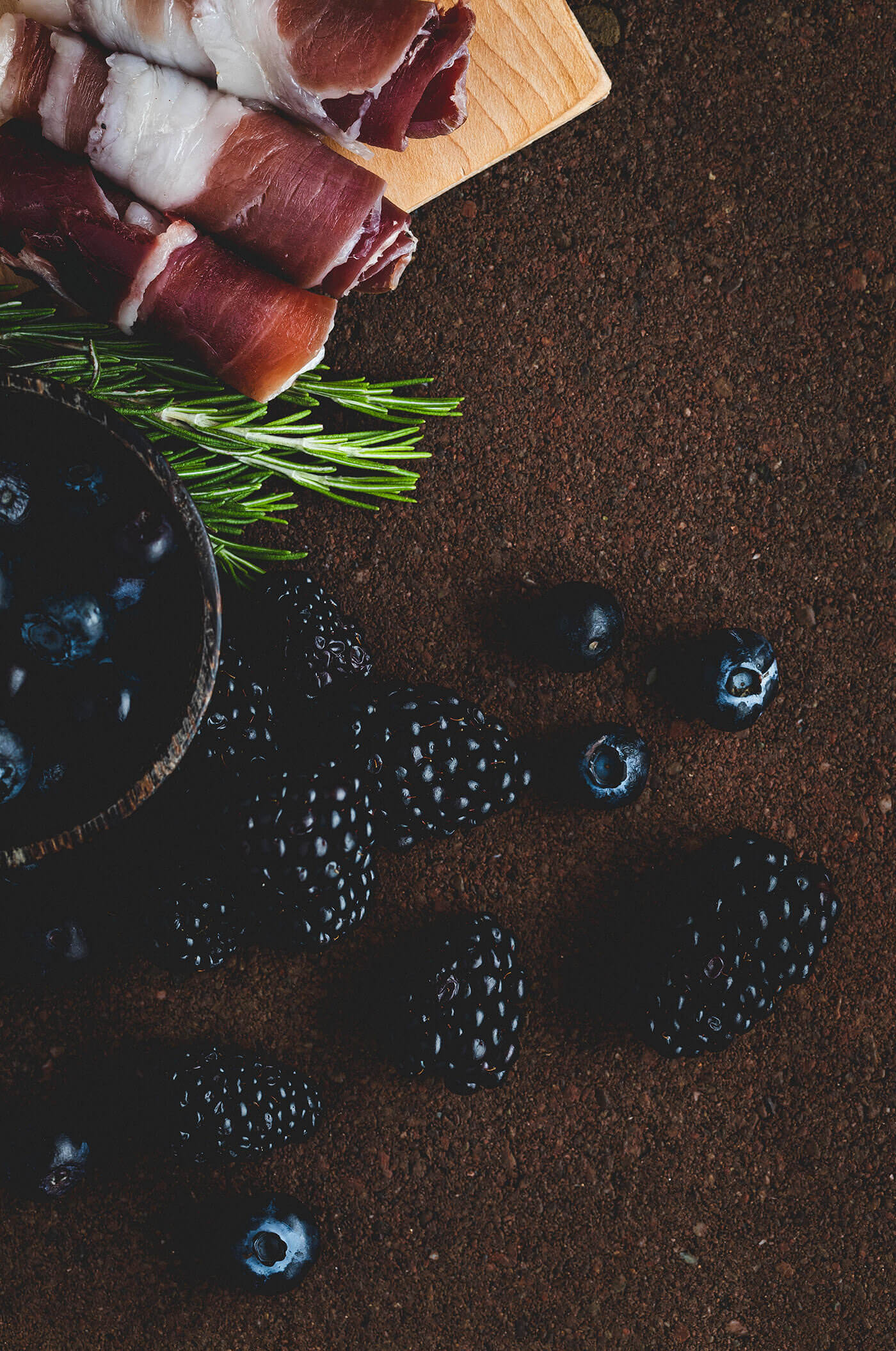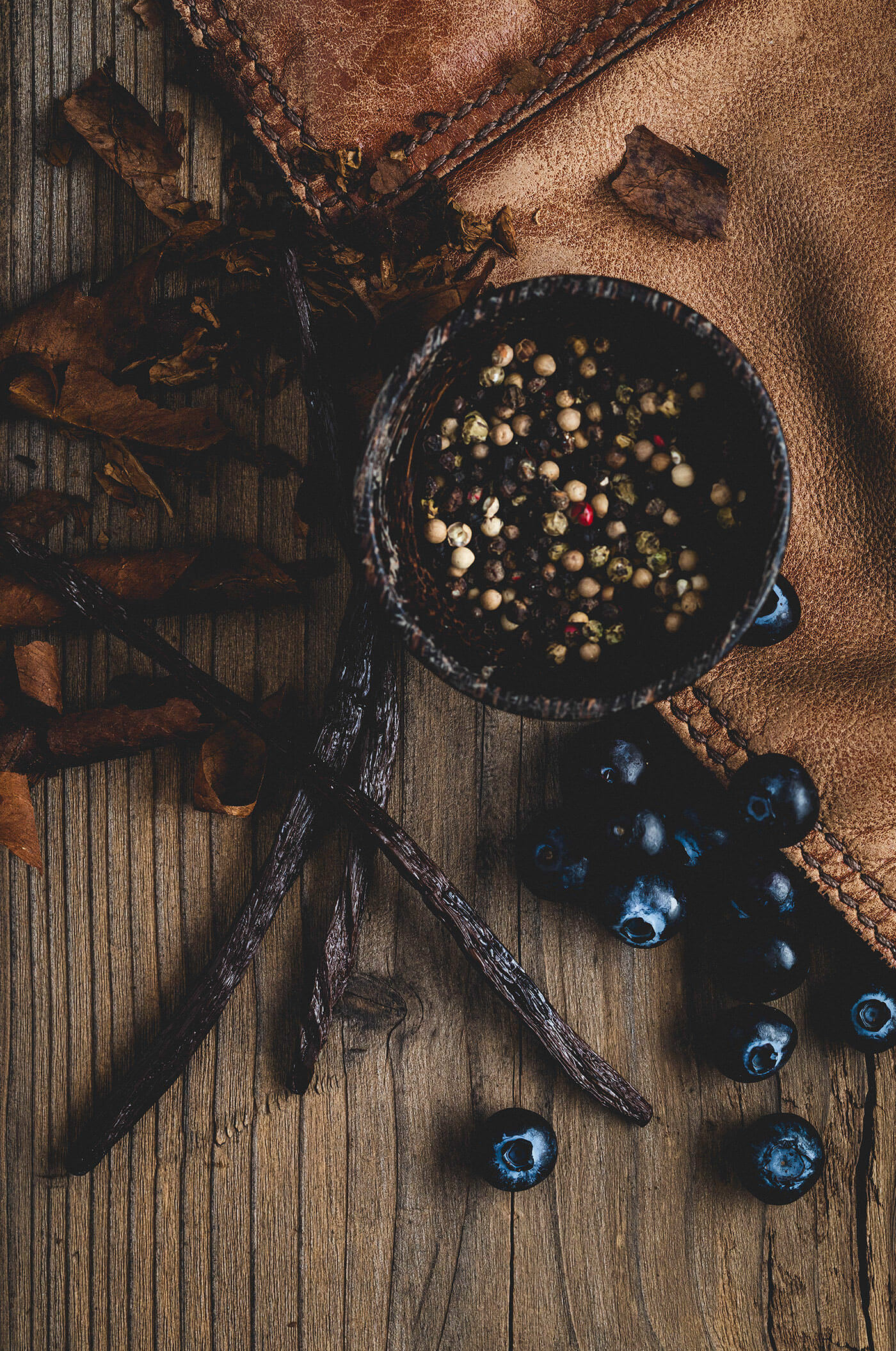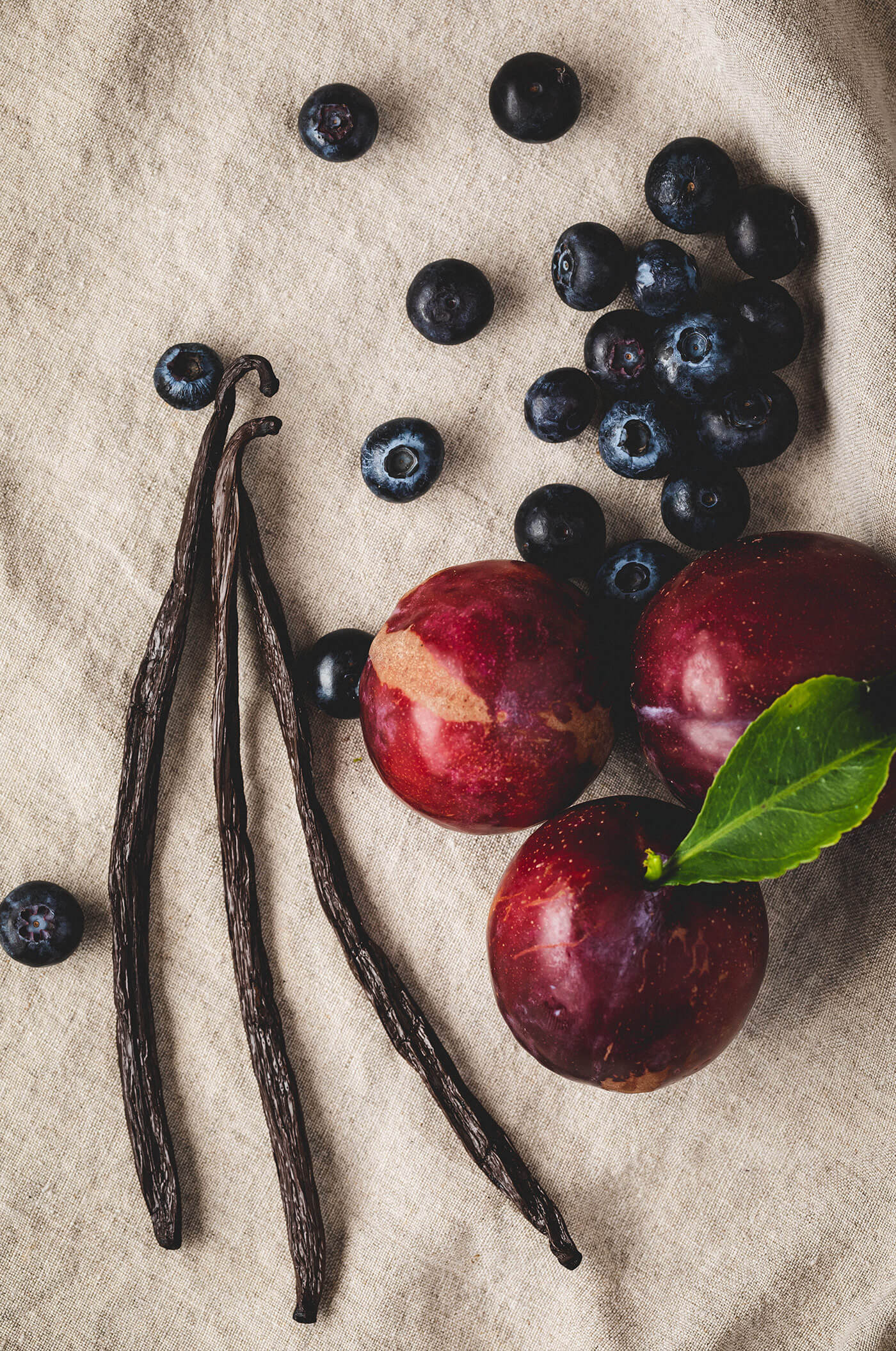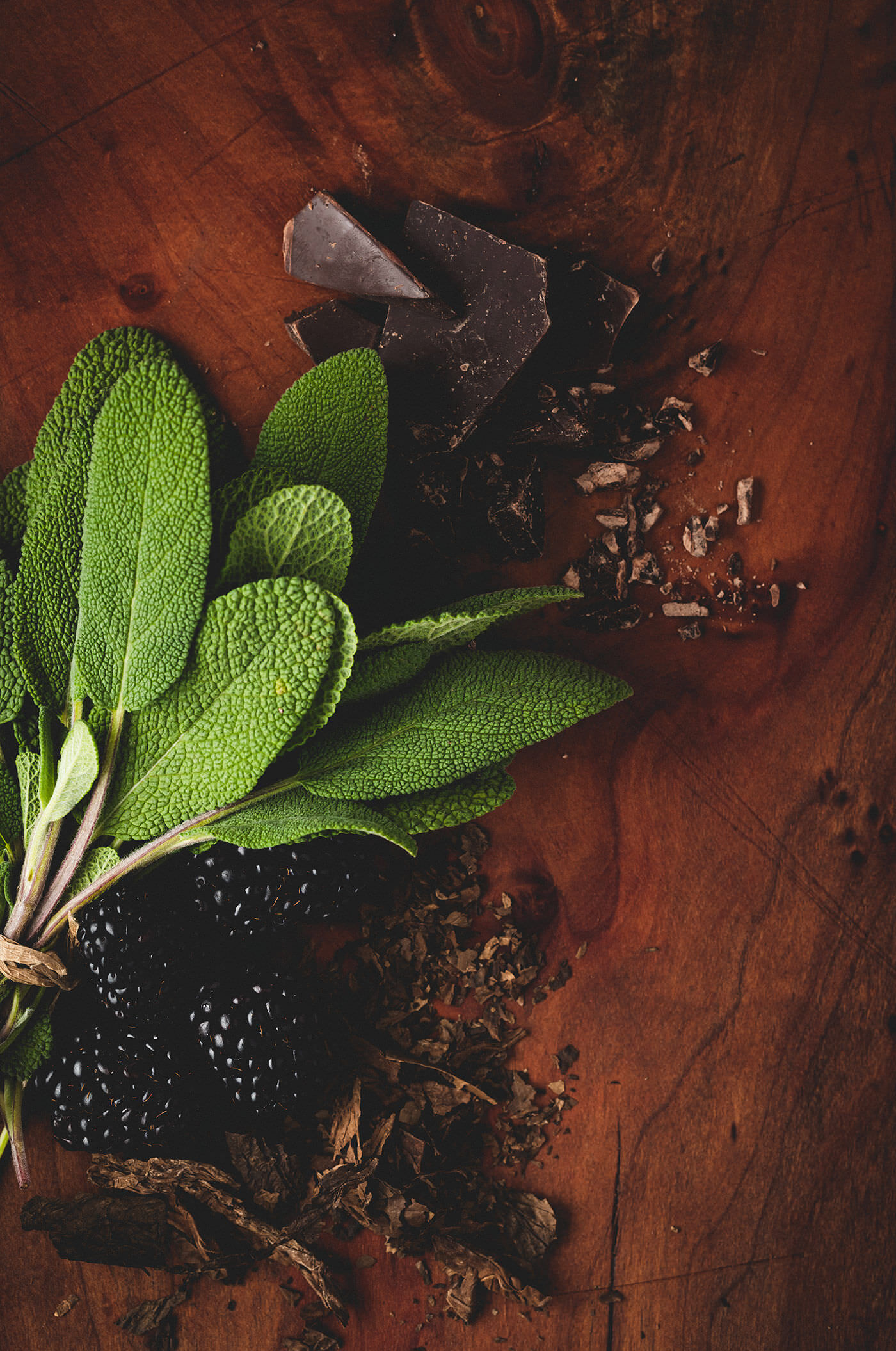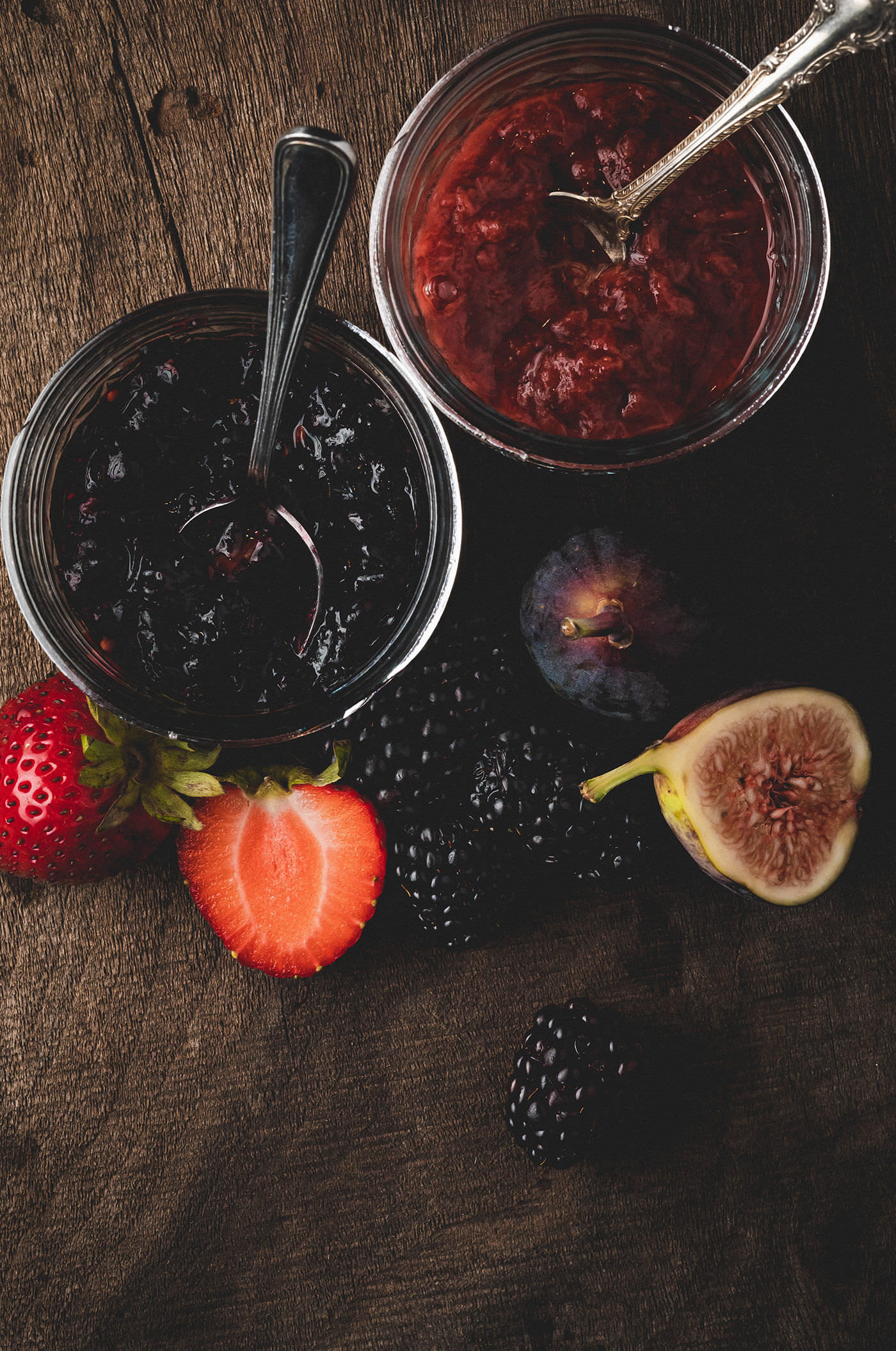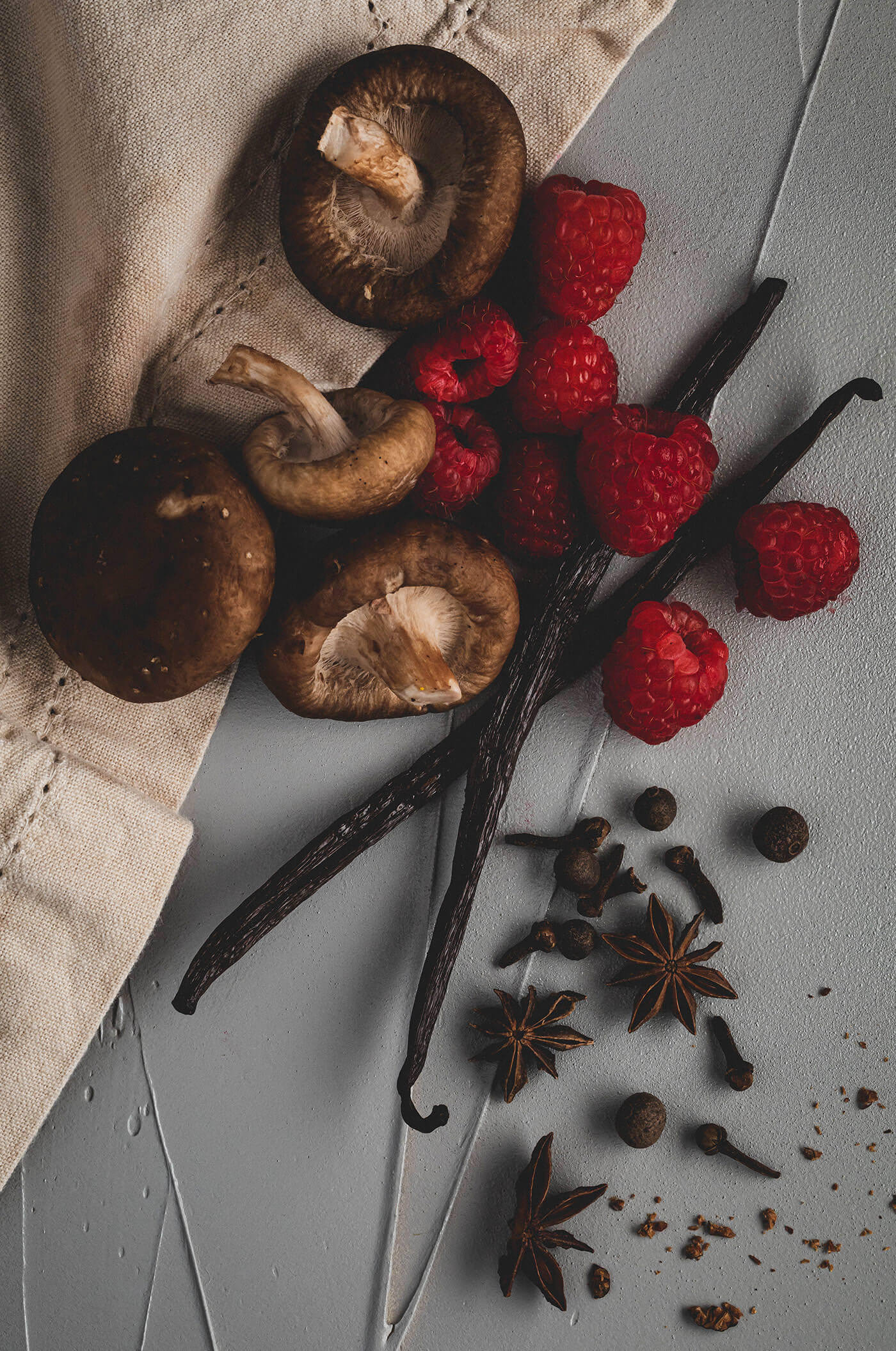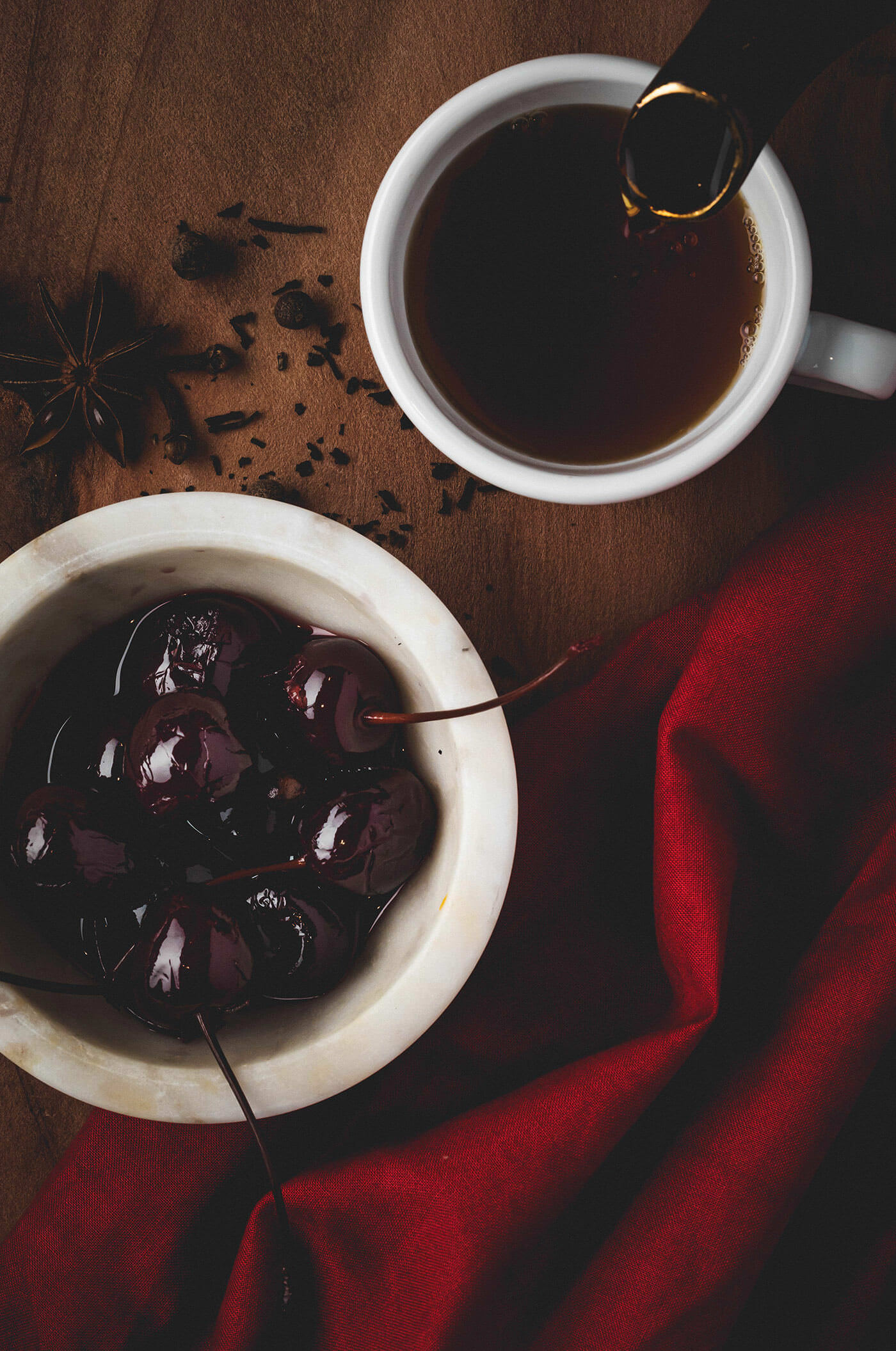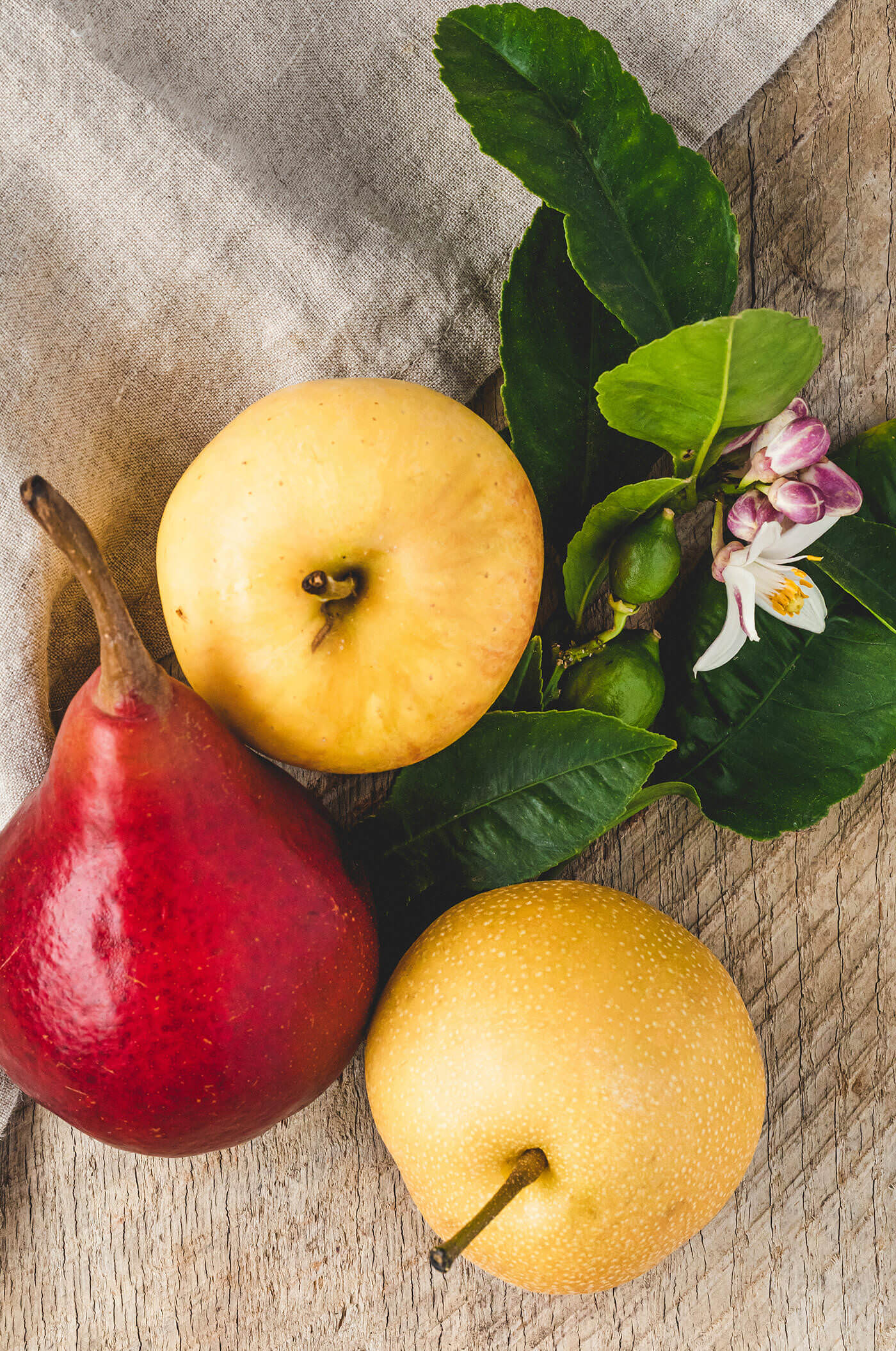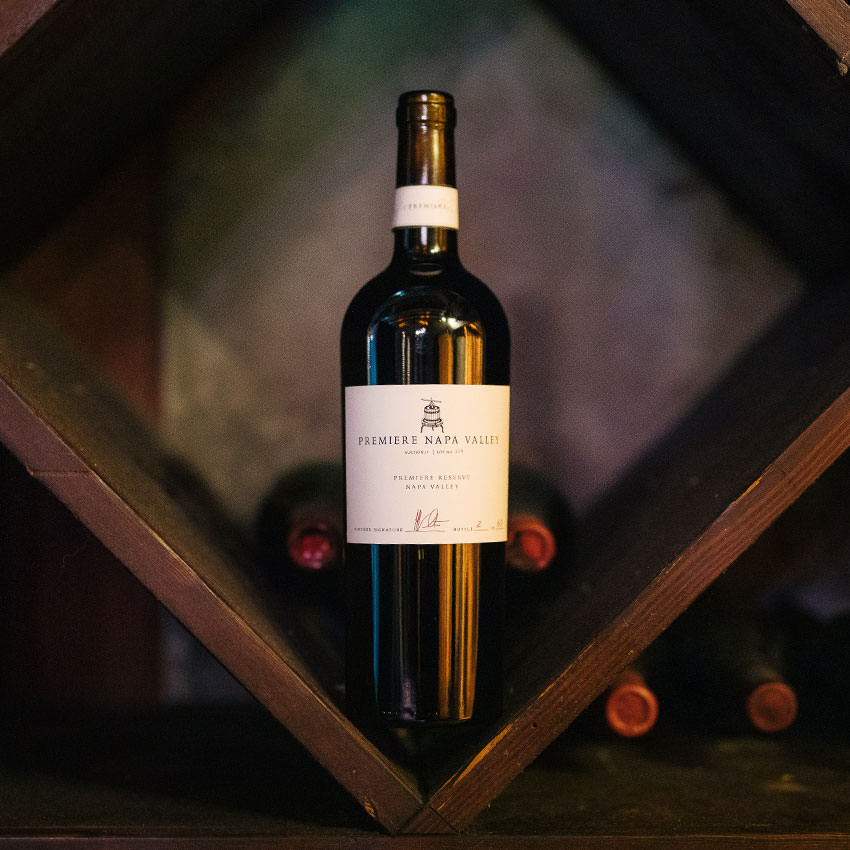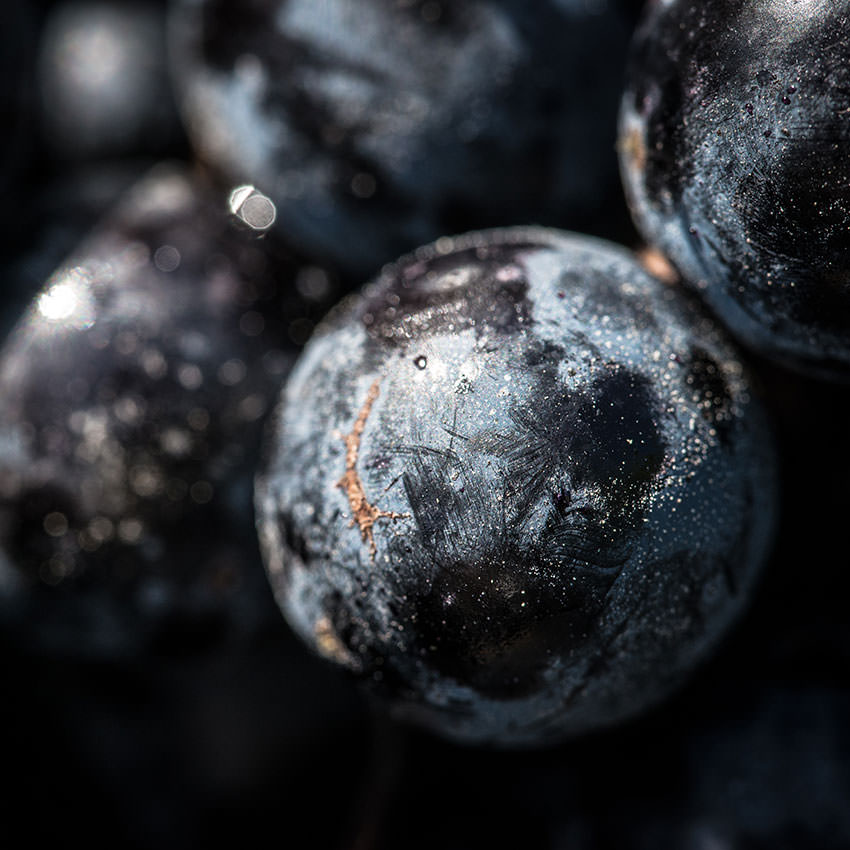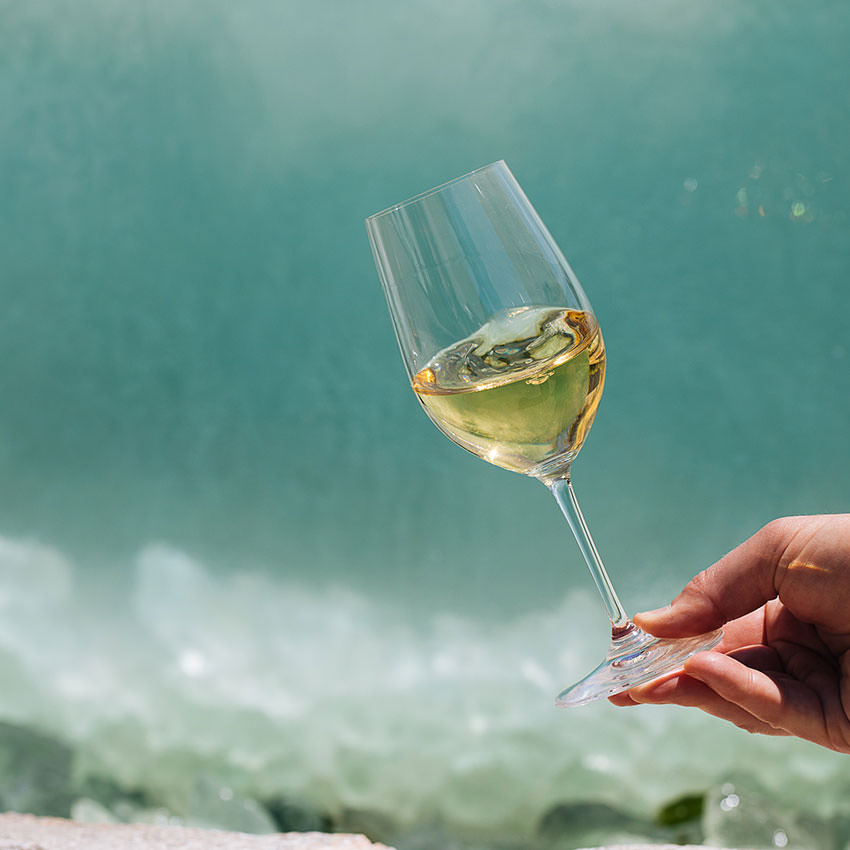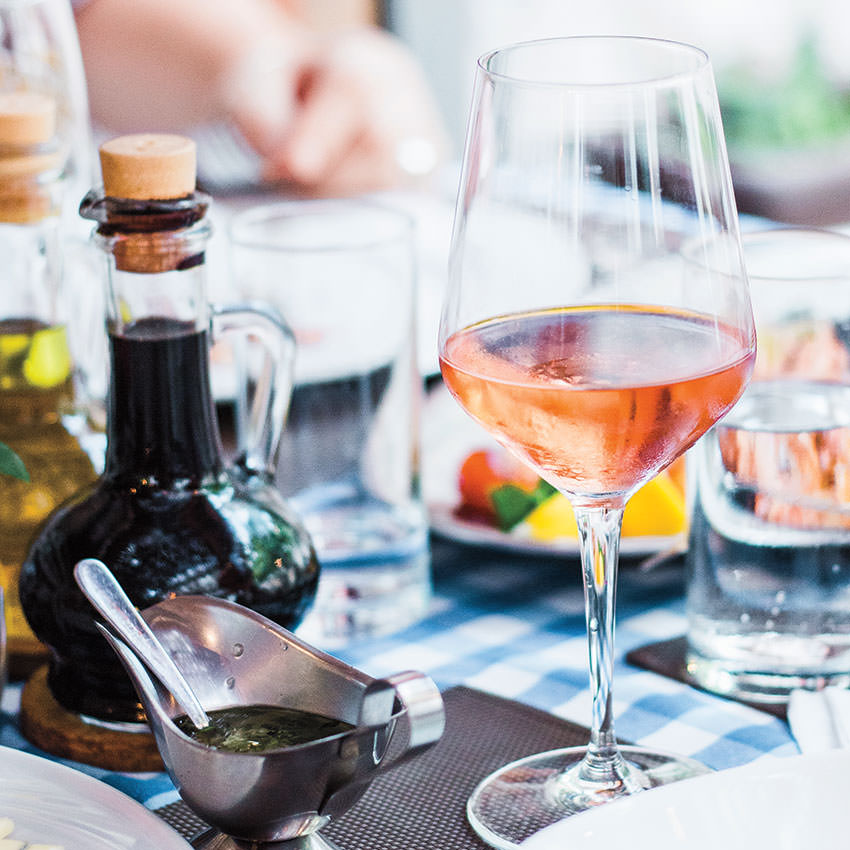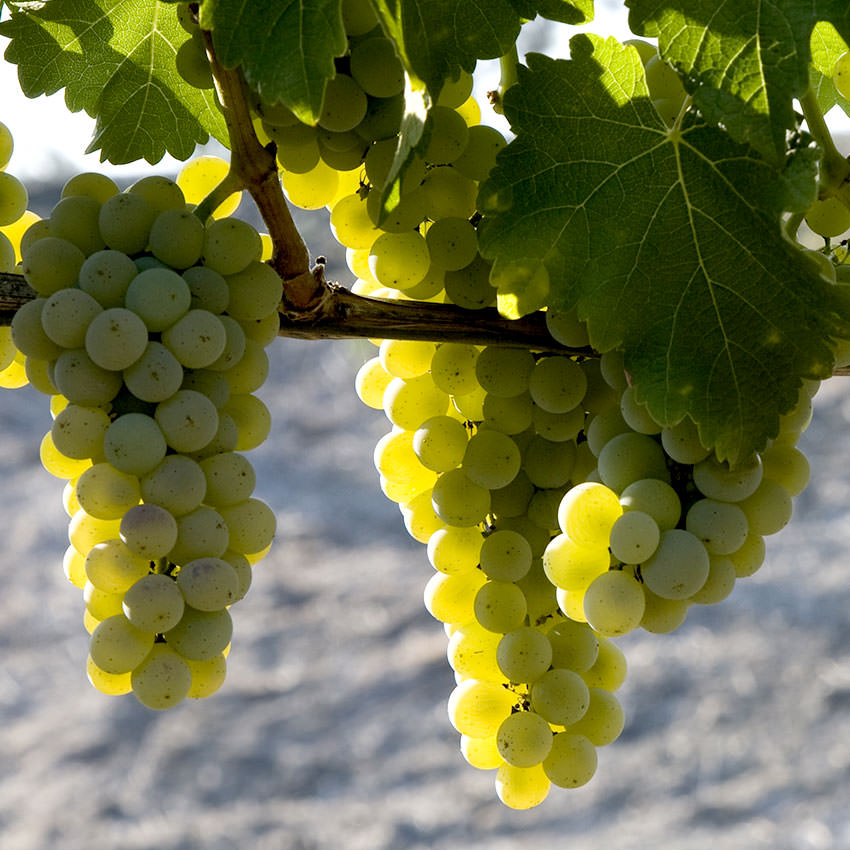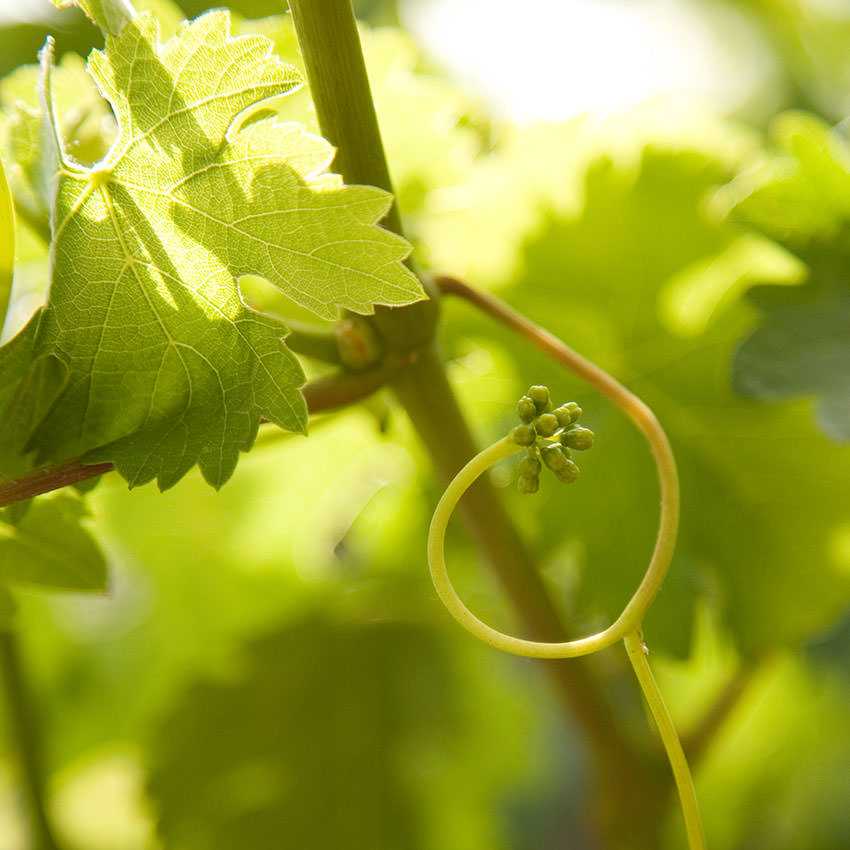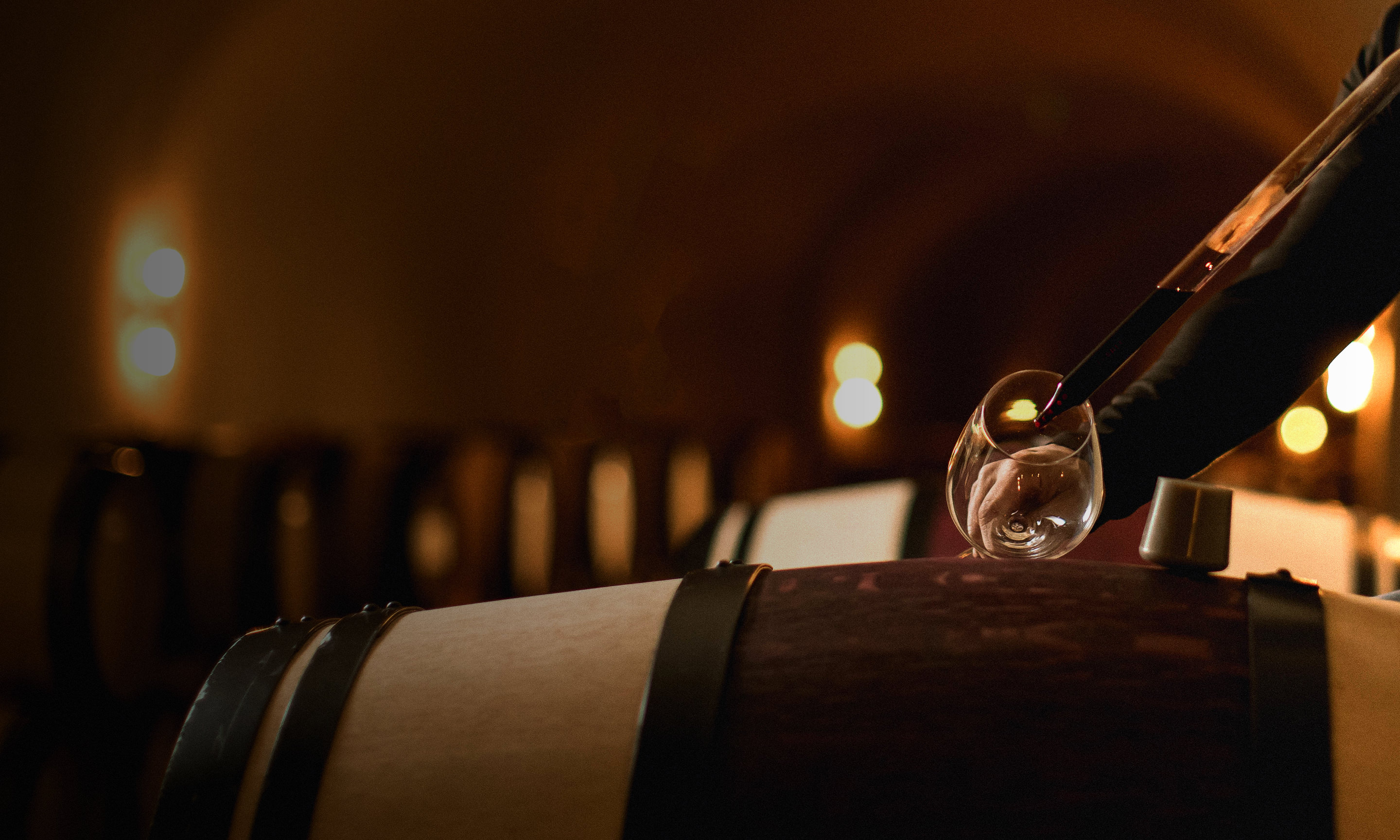
The Wine
World Renowned & Handcrafted
Dedication to Quality
Why does the Napa Valley produce such remarkable wines? It comes down to our overarching commitment to excellence in our wines, from vineyard to winery. This dedication, in combination with our unique climate and terroir, is driven by a community of industry leaders and innovators compelled to craft the world’s best wines.
-
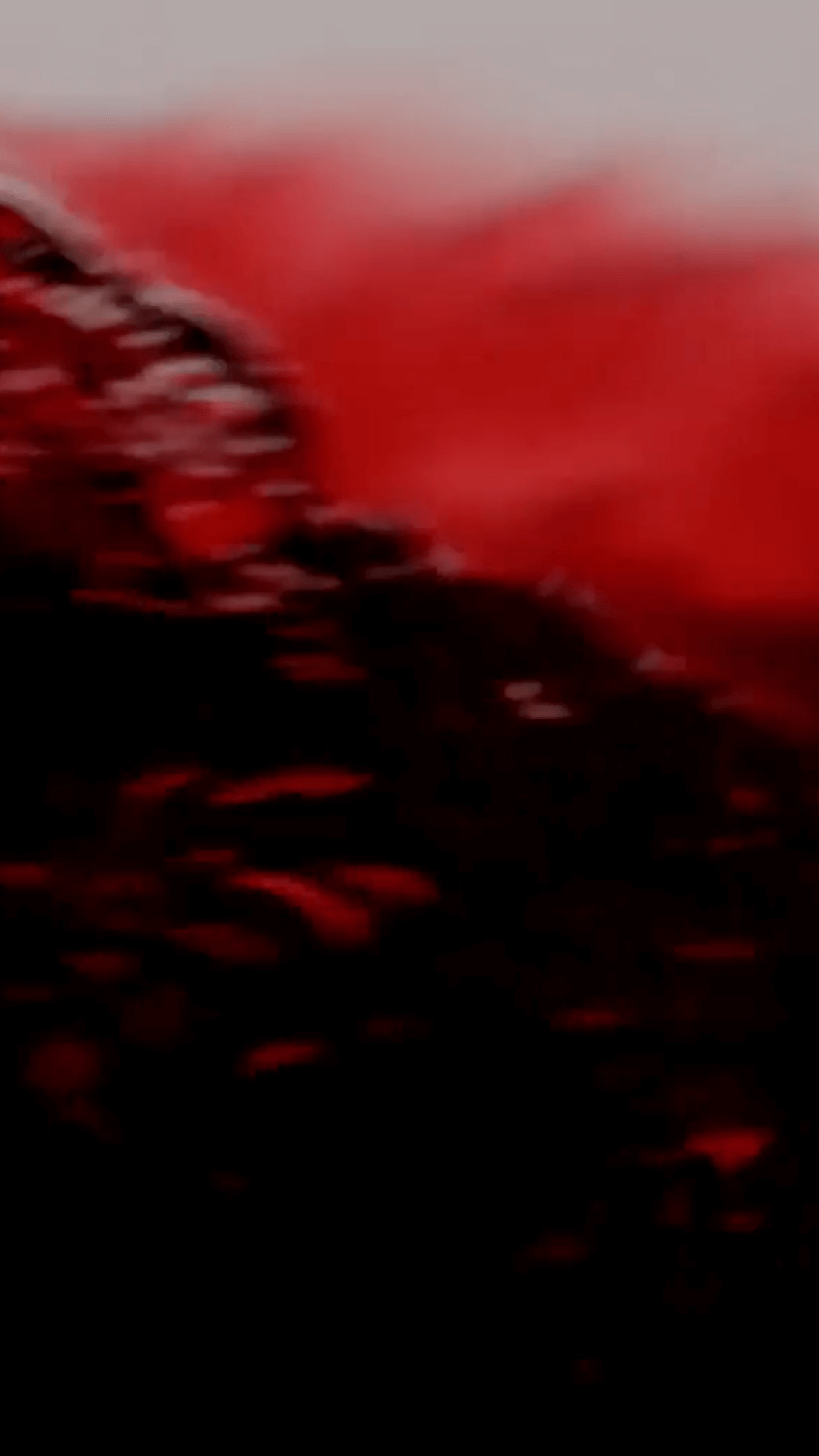
Cultivating Excellence
We approach every step of the winemaking process with passion, innovation and a commitment to producing wines of the highest quality.
-
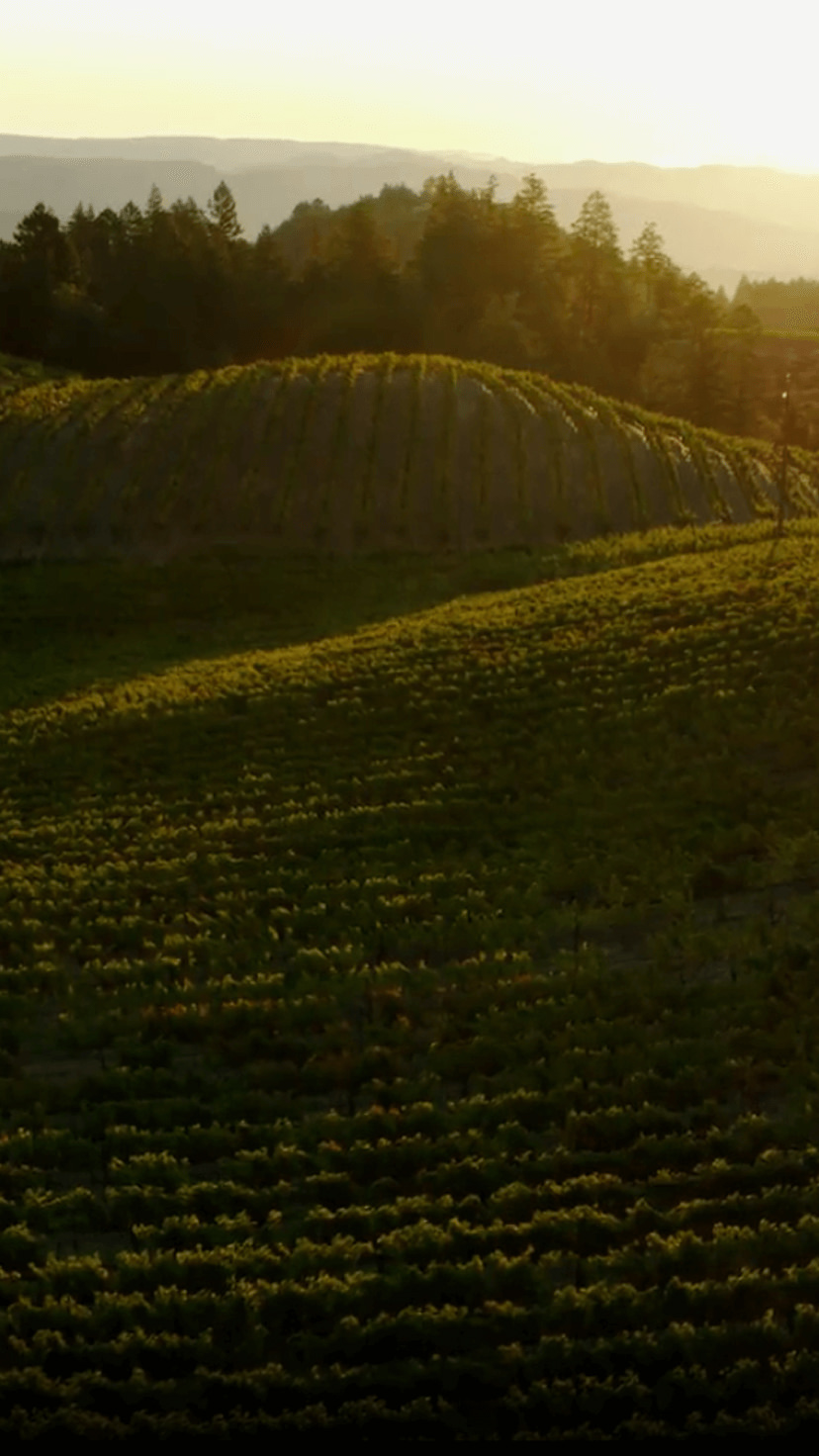
A Connection with the Land
Our idyllic terroir nurtures our vines and earns the utmost respect from our vintners.
-
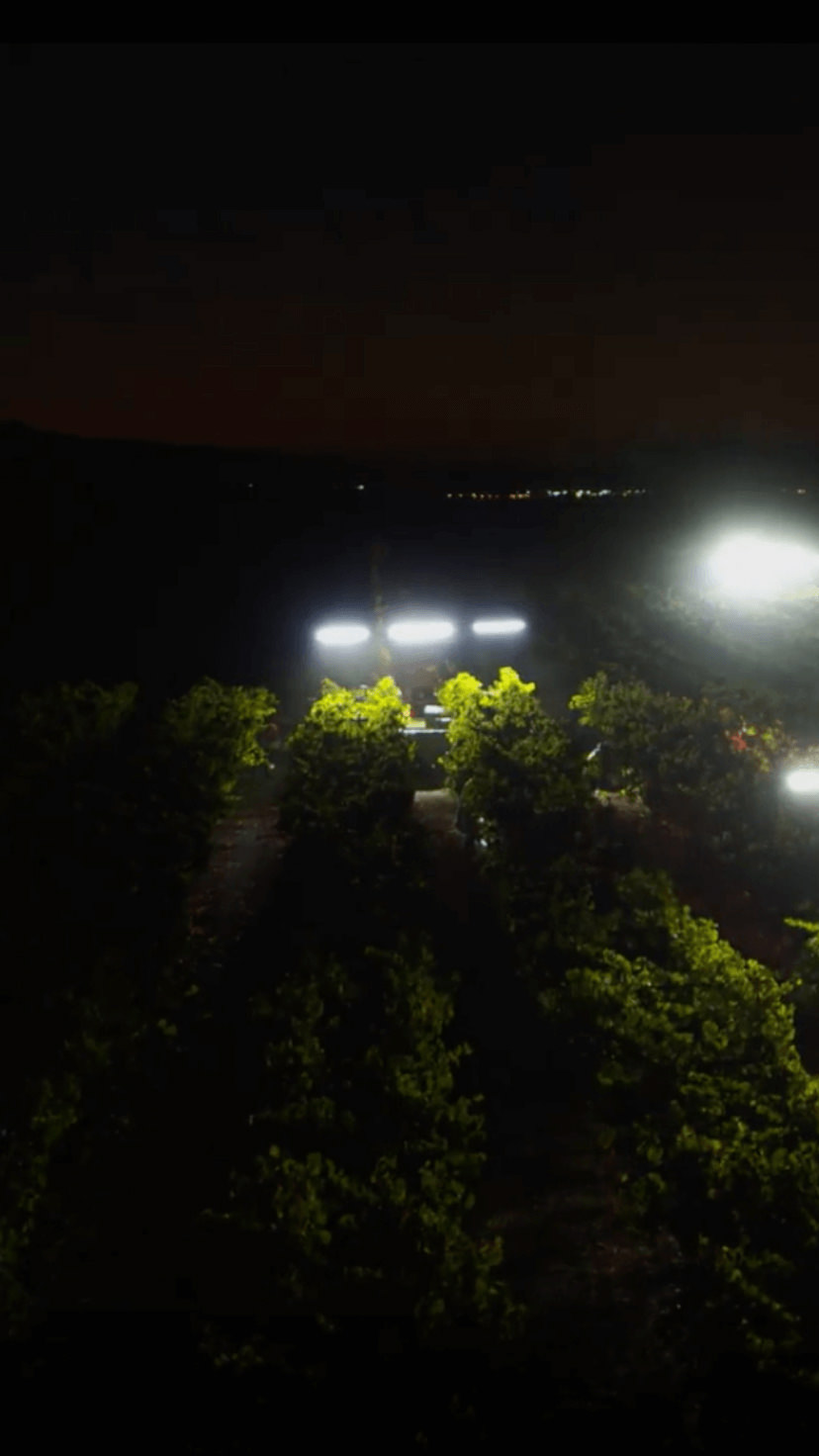
Dedication to the Harvest
Harvest is the confluence of agriculture and artistry, and every aspect of this season is honed to maximize quality.
-

Attention to Detail
It’s our respect for the land and its potential to produce exceptional wine that drives our thoughtful winemaking philosophies.
-
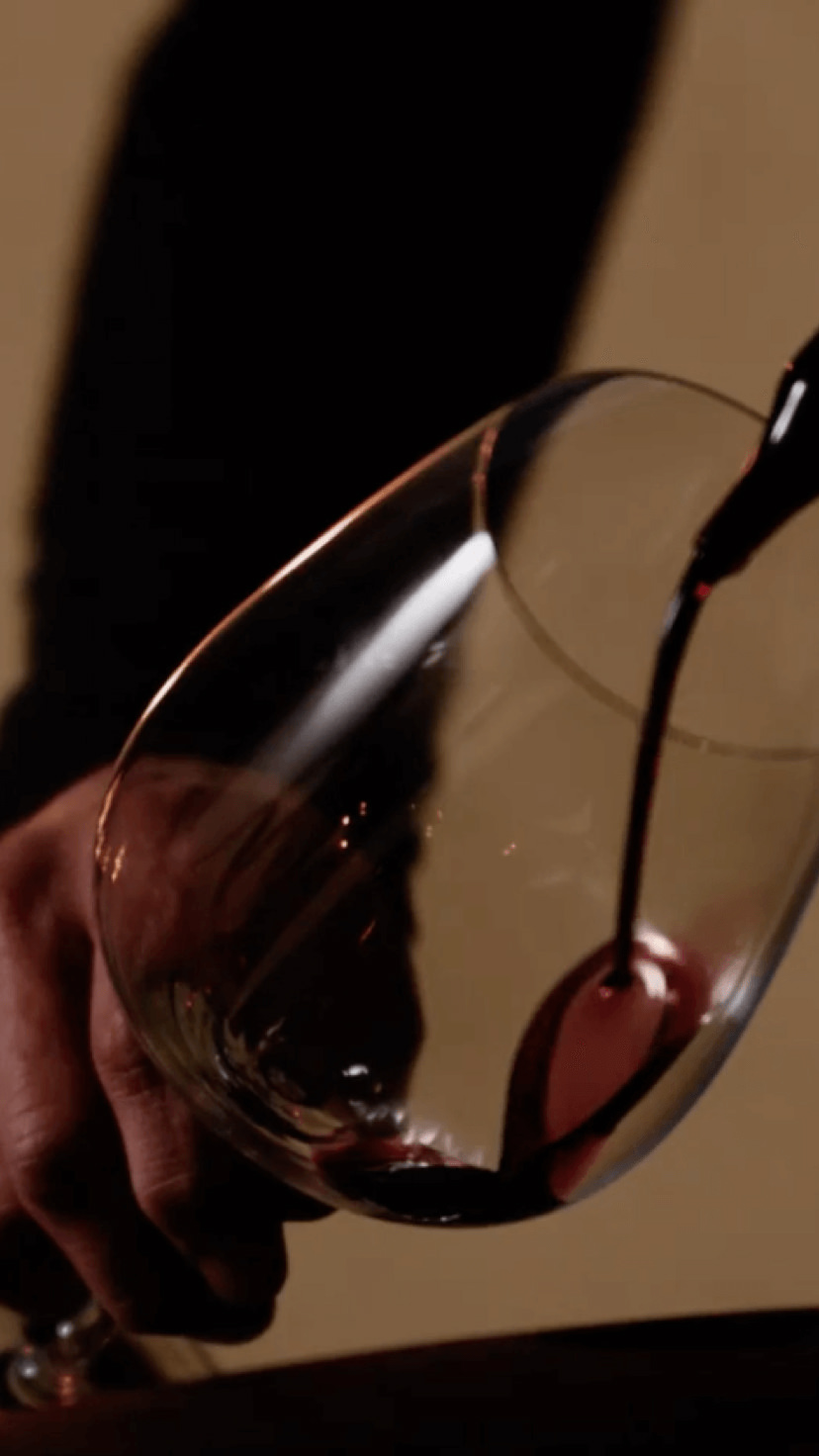
Refinement & Blending
Approaching each wine as an opportunity to fully express a sense of place and time, our vintners expertly apply the final touches to their wines in the cellar.
-

Patience & Care
It’s in the final step, the aging of a wine, where the nuance and subtlety of a winemaker’s craft step in to create something much more than the sum of its parts.
-
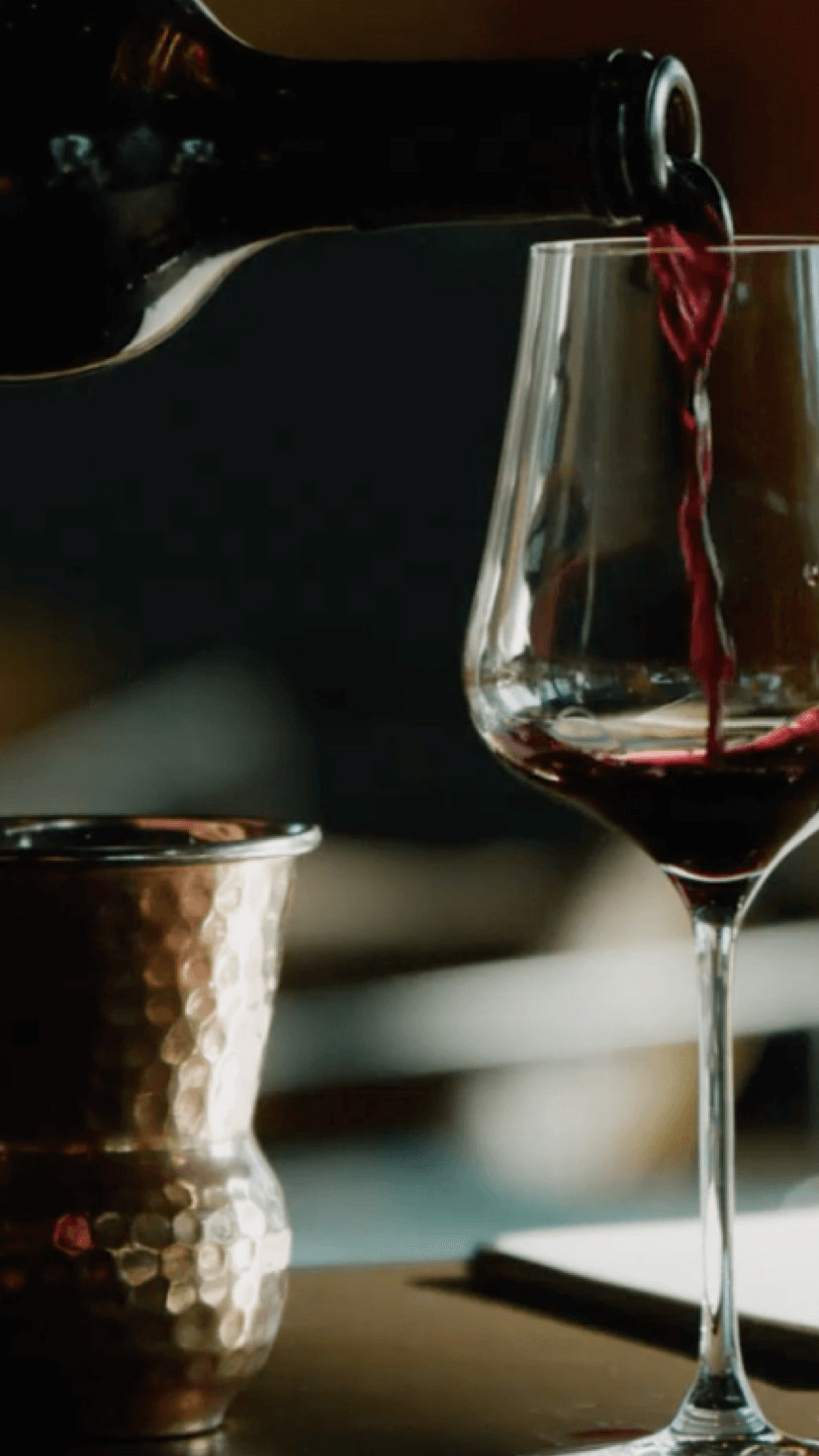
Tasting & Savoring
Our wines are only fully complete once you’ve opened the bottle, exploring its aromas, savoring its flavors and textures, and raising a glass to honor its journey.
Wine Varietals
-
![Wine tasting notes of Napa Valley Cabernet Sauvignon]()
![Wine tasting notes of Napa Valley Cabernet Sauvignon]()
Cabernet Sauvignon
Cabernet Sauvignon
Cabernet Sauvignon is the acknowledged king of red grapes in the Napa Valley, accounting for 50% of our total production and 68% of our crop value. This variety is grown throughout the Napa Valley and achieves a variety of expression depending on its vineyard site. Its flavors display a wide variety of black fruits, including currant, cherry and plum, and often show notes of spice from oak aging.
On the palate these wines can be dense and powerful in youth, but age gracefully. When young, they are best matched with robust red meat dishes such as game and braised lamb, while older Cabernets are superb accompaniments to simply prepared roasts and steaks and aged cheese.
Primary Notes
Black CherryBlack PlumTobaccoGraphiteBaking SpicesWine Style
BodyFruitTanninAcidityAlcoholServing Temp.
60-68°F (16-20°C)
Decant Time
1-2 hours
Cellar Life
10-20+ years
-
![Wine tasting notes of Napa Valley Merlot]()
![Wine tasting notes of Napa Valley Merlot]()
Merlot
Merlot
Merlot has been a fixture in the Napa Valley since the early 1970s, where, as in Bordeaux, it has been used as a blending partner to add body and soft fruit to the more structured and tannic Cabernet Sauvignon.
Since these early days, Merlot has come into its own as a varietal wine. Its lovely aromas of ripe cherry and rich earthiness, a soft texture and a smooth finish have appealed to a new generation of red wine drinkers. Given the diversity of vineyard sites and winemaking practices in the Napa Valley, Merlot has shown itself capable of producing both lighter and full-bodied, richly textured wines.
Pair Merlot with food much in the same way as you would Cabernet Sauvignon, although its lighter body and tannins make it a versatile partner to a wide range of dishes.
Primary Notes
CherryPlumBay LeafVanillaSmoked CedarWine Style
BodyFruitTanninAcidityAlcoholServing Temp.
60-68°F (16-20°C)
Decant Time
30 min - 1 hr
Cellar Life
10+ years
-
![Wine tasting notes of Napa Valley Sauvignon Blanc]()
![Wine tasting notes of Napa Valley Sauvignon Blanc]()
Sauvignon Blanc
Sauvignon Blanc
The intense flavor profile of Sauvignon Blanc grabs your attention. Herbaceous, grassy notes and vibrant acidity are hallmark qualities of this grape, which can show a wide variety of fruit character.
Most Sauvignon Blanc is fermented in neutral vessels, such as stainless steel and concrete eggs, to allow its distinctive varietal character to shine through. However, some Sauvignon Blanc is fermented and aged in oak, creating more layered flavors and texture in the finished wine, and is often labeled Fumé Blanc.
Fresh and bright and perfect for warm weather, Sauvignon Blanc goes great with light summer fare and fresh salads, and is wonderful with shellfish and goat cheese.
Primary Notes
HoneydewGuavaGrapefruitLemonMangoWine Style
BodyFruitTanninAcidityAlcoholServing Temp.
45-55°F (7-13°C)
Decant Time
< 30 min
Cellar Life
3-5 years
-
![Wine tasting notes of Napa Valley Petit Verdot]()
![Wine tasting notes of Napa Valley Petit Verdot]()
Petit Verdot
Petit Verdot
Originating in Bordeaux in southwestern France, Petit Verdot is almost exclusively used in classic red blends in the Napa Valley. Full-bodied and intensely aromatic, this grape contributes tannin, deep color, and spicy complexity to the final blend. As our Mediterranean climate allows this fruit to ripen fully, it is also occasionally bottled on its own as a varietal wine.
Pairing Petit Verdot with food is a practice in finding flavors that can stand up to its richness and complexity. A great match might be a complex spiced dish such as adobo, Korean barbeque, or lamb kabobs. On the lighter side, pair it with a smoked gouda or a mushroom risotto.
Primary Notes
Black CherryPlumVioletsLilacSageWine Style
BodyFruitTanninAcidityAlcoholServing Temp.
60-68°F (16-20°C)
Decant Time
1 hour
Cellar Life
10+ years
-
![Wine tasting notes of Napa Valley Cabernet Franc]()
![Wine tasting notes of Napa Valley Cabernet Franc]()
Cabernet Franc
Cabernet Franc
Cabernet Franc has long contributed finesse and a peppery perfume to red blends around the world. One of the genetic parents of Cabernet Sauvignon (along with Sauvignon Blanc), it produces light-bodied, soft red wines when grown in France’s Loire Valley. In the Napa Valley, however, Cabernet Franc can be every bit as big and bold as Cabernet Sauvignon.
Primary Notes
Black CherryBlack PlumBaking SpicesDry Chili PepperElderflowerWine Style
BodyFruitTanninAcidityAlcoholServing Temp.
60-68°F (16-20°C)
Decant Time
30 min - 1 hr
Cellar Life
5-10+ years
-
![Wine tasting notes of Napa Valley Petite Sirah]()
![Wine tasting notes of Napa Valley Petite Sirah]()
Petite Sirah
Petite Sirah
Long thought to be a variant of Syrah with smaller, more petite berries, Petite Sirah was identified as a separate grape variety through DNA testing. The small, thick-skinned berries create a high skin-to-juice ratio, producing dense, inky, extracted wines with chewy tannins. When aged in new oak barrels and given a little bottle age, the wine can develop great complexity and notes of melted dark chocolate. Pair Petite Sirah with foods that contain both fat and umami, like grilled steak or beef stroganoff.
Primary Notes
Sugar PlumBlueberryChocolateBlack PepperBlack CoffeeWine Style
BodyFruitTanninAcidityAlcoholServing Temp.
60-68°F (16-20°C)
Decant Time
1 hour
Cellar Life
10+ years
-
![Wine tasting notes of Napa Valley Pinot Gris]()
![Wine tasting notes of Napa Valley Pinot Gris]()
Pinot Gris
Pinot Gris
Pinot Gris, called Pinot Grigio if made in the Italian style, is a variant of Pinot Noir, and can have a grayish-blue color to its fruit, accounting for its name (Gris and Grigio translate to “gray” in French and Italian). Wines from this grape can be light- to medium-bodied with a yellow to copper-pink color and aromas of citrus, pear, apple and melon with some light green notes. In most of Italy, Pinot Grigio is made in a light, citrusy style, while Alsace, Oregon and Napa Valley produce richer, more full-bodied Pinot Gris.
Primary Notes
White PeachLemon ZestCantaloupeRaw AlmondMelonWine Style
BodyFruitTanninAcidityAlcoholServing Temp.
45-55°F (7-13°C)
Decant Time
< 30 min
Cellar Life
3-5 years
-
![Wine tasting notes of Napa Valley Syrah]()
![Wine tasting notes of Napa Valley Syrah]()
Syrah
Syrah
Syrah (or Shiraz) is grown throughout the world and produces powerful red wines with spicy notes and great aging potential. A wide range of aromas and flavors can be coaxed from this grape, depending on the climate and soil in which it is grown. Syrah from cooler climates tends towards red berry fruit and earthy, gamey notes, while warmer sites that can ripen the grapes more fully tend to produce jammy, dark-fruited wines with a strong spice character. Depending on its style, Syrah is a great partner for most grilled meats and game.
Primary Notes
BlackberryVanillaPeppercornRosemaryCured MeatWine Style
BodyFruitTanninAcidityAlcoholServing Temp.
60-68°F (16-20°C)
Decant Time
1 hour
Cellar Life
10-20 years
-
![Wine tasting notes of Napa Valley Malbec]()
![Wine tasting notes of Napa Valley Malbec]()
Malbec
Malbec
Malbec is a wine beloved in the Napa Valley for its ability to add tannin, color and a deep complexity to classic red blends. When it’s bottled as a single varietal wine, it possesses dark fruit, rich flavors and a smooth finish as our Mediterranean climate allows the fruit to ripen fully and develop complex flavors. Malbec is an excellent choice to pair with lean meats and melted blue cheese, and is exceptional with a classic hamburger.
Primary Notes
BlueberryRed PlumVanilla BeanTobaccoSageWine Style
BodyFruitTanninAcidityAlcoholServing Temp.
60-68°F (16-20°C)
Decant Time
30 min - 1 hr
Cellar Life
5-10 years
-
![Wine tasting notes of Napa Valley Zinfandel]()
![Wine tasting notes of Napa Valley Zinfandel]()
Zinfandel
Zinfandel
An exceedingly versatile grape variety with a rich history, Zinfandel was the mainstay of 19th century winemaking in California. After Prohibition, it had a renaissance in the American wine scene in its slightly sweet, rosé rendition, White Zinfandel. Today, it’s crafted into the dry, complex style of red wine that the original winemakers of the Napa Valley would know well.
Old Zinfandel vines in the Napa Valley can produce rich, heady, jammy wines with notes of spice and black pepper. Zinfandel is also made in lighter, more food-friendly renditions and is often used as the base for fortified wines. The bold, spicy character of Zinfandel makes it a perfect partner with barbeque.
Primary Notes
BlackberryStrawberry PreservesCinnamonTobaccoLicoriceWine Style
BodyFruitTanninAcidityAlcoholServing Temp.
60-68°F (16-20°C)
Decant Time
30 min
Cellar Life
5-10 years
-
![Wine tasting notes of Napa Valley Pinot Noir]()
![Wine tasting notes of Napa Valley Pinot Noir]()
Pinot Noir
Pinot Noir
The earthy, ethereal aromas and silky texture of Pinot Noir have beguiled wine connoisseurs for centuries. Yet there are few areas on earth that can coax the magic out of this thin-skinned, fickle grape variety that is hard to grow and challenging to handle in the winery. Coastal California possesses several areas that produce great Pinot Noir, and Napa Valley’s cool-climate Los Carneros AVA was one of the first to recognize its potential.
A thin-skinned grape with less pigmentation than many red varieties, most Pinot Noir goes through a cool maceration period (called a cold soak) before fermentation begins to extract additional tannin. One of the hallmark qualities of Pinot Noir is its bright acidity, which makes it a versatile partner with food. It is one of the few red wines that pairs well with seafood (think salmon, tuna and bouillabaisse) and a wide variety of cheeses, and is absolutely perfect with game birds and grilled lamb chops.
Primary Notes
CherryRaspberryMushroomVanillaDarjeeling TeaWine Style
BodyFruitTanninAcidityAlcoholServing Temp.
55-60°F (13-16°C)
Decant Time
30 min
Cellar Life
10+ years
-
![Wine tasting notes of Napa Valley Chardonnay]()
![Wine tasting notes of Napa Valley Chardonnay]()
Chardonnay
Chardonnay
Chardonnay is the second most planted grape variety in Napa Valley at 14% of all vines planted, and grows with particular success in the calcium-rich soils and cool climate of the Los Carneros AVA, where it can ripen slowly.
Chardonnay has long been called the winemaker’s grape, as few wines exhibit the flavors created by winemaking practices as profoundly as this Burgundian grape variety. Barrel fermentation, lees stirring and malolactic fermentation are the main winery techniques used to develop complex aromas and flavors in this wine. As a result, Napa Valley Chardonnay can range in style from fresh, crisp and lively to rich, round and buttery. This wide range of styles can accompany a wide variety of dishes, from simply prepared seafood to most pork and poultry dishes.
Primary Notes
Yellow ApplePineappleVanillaCitrus BlossomHoneycombWine Style
BodyFruitTanninAcidityAlcoholServing Temp.
45-55°F (7-13°C)
Decant Time
< 30 min
Cellar Life
5-10 years


